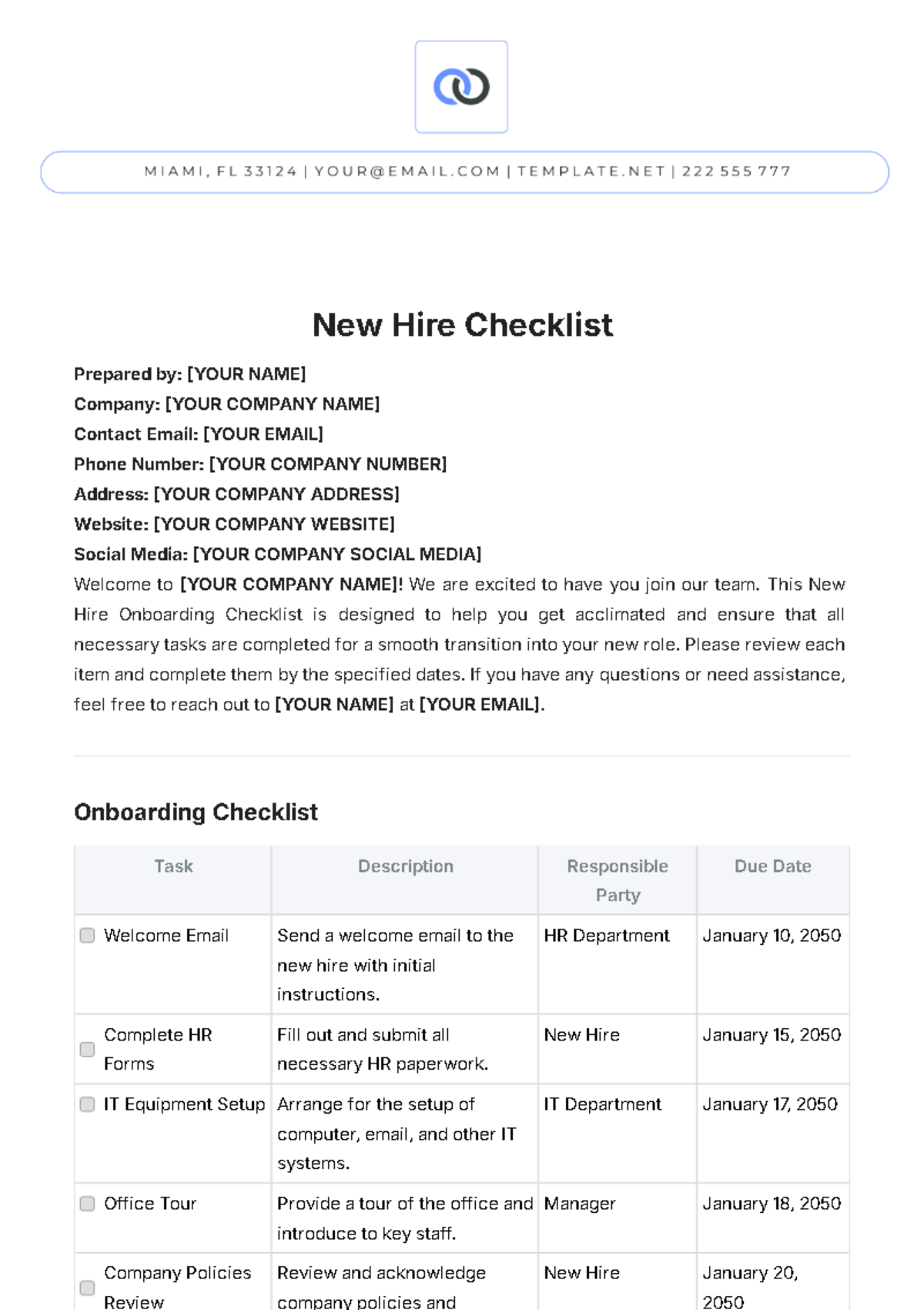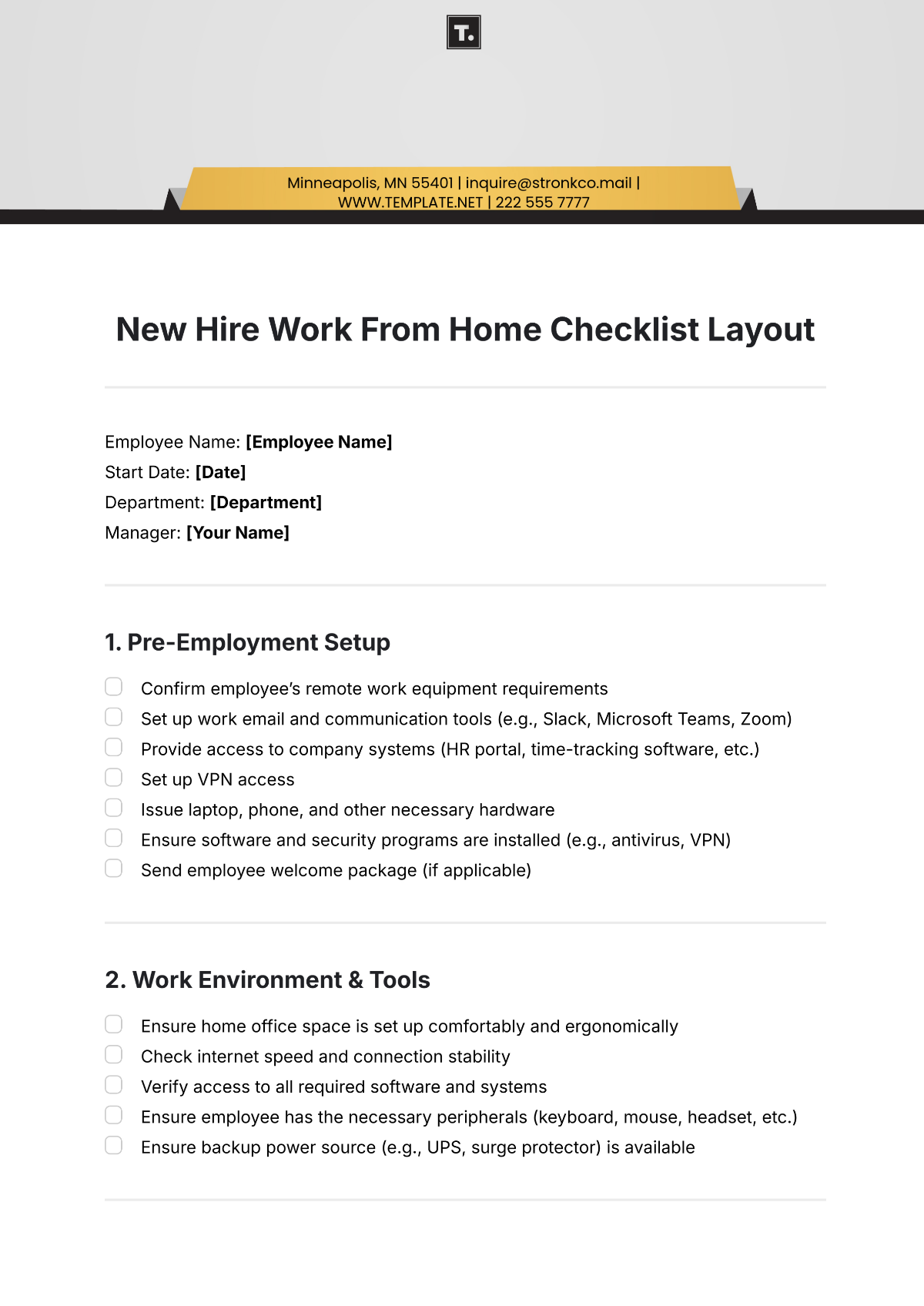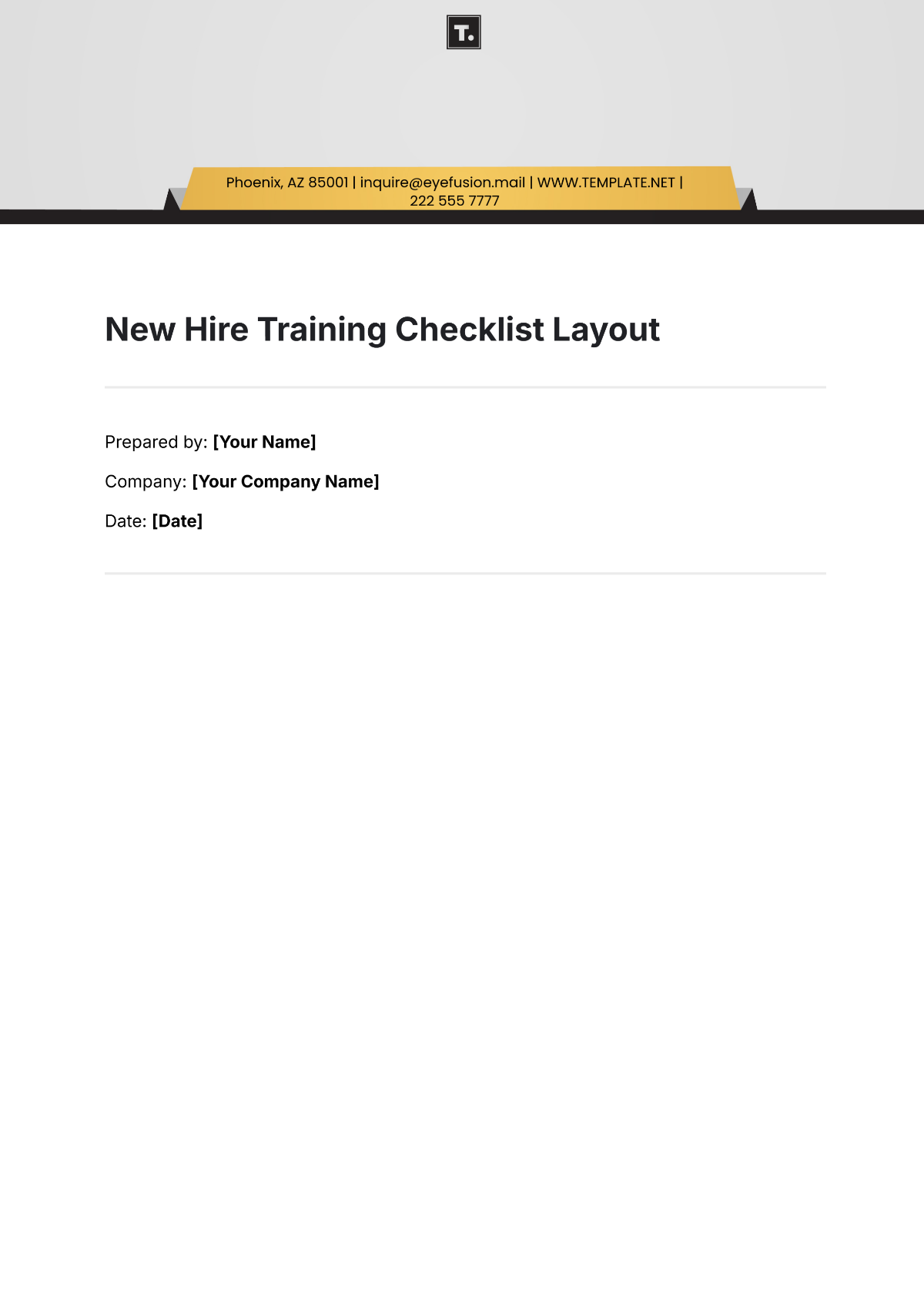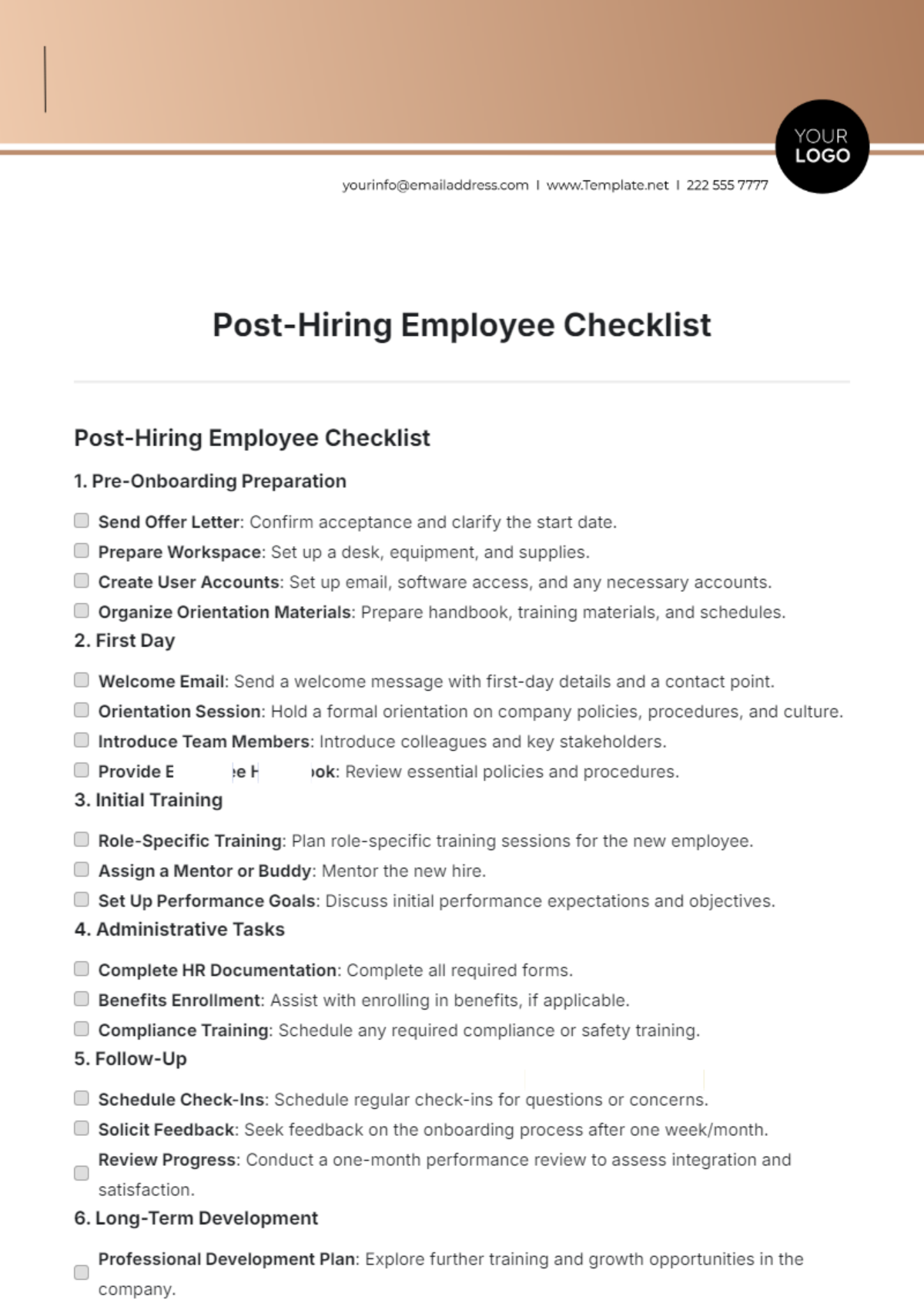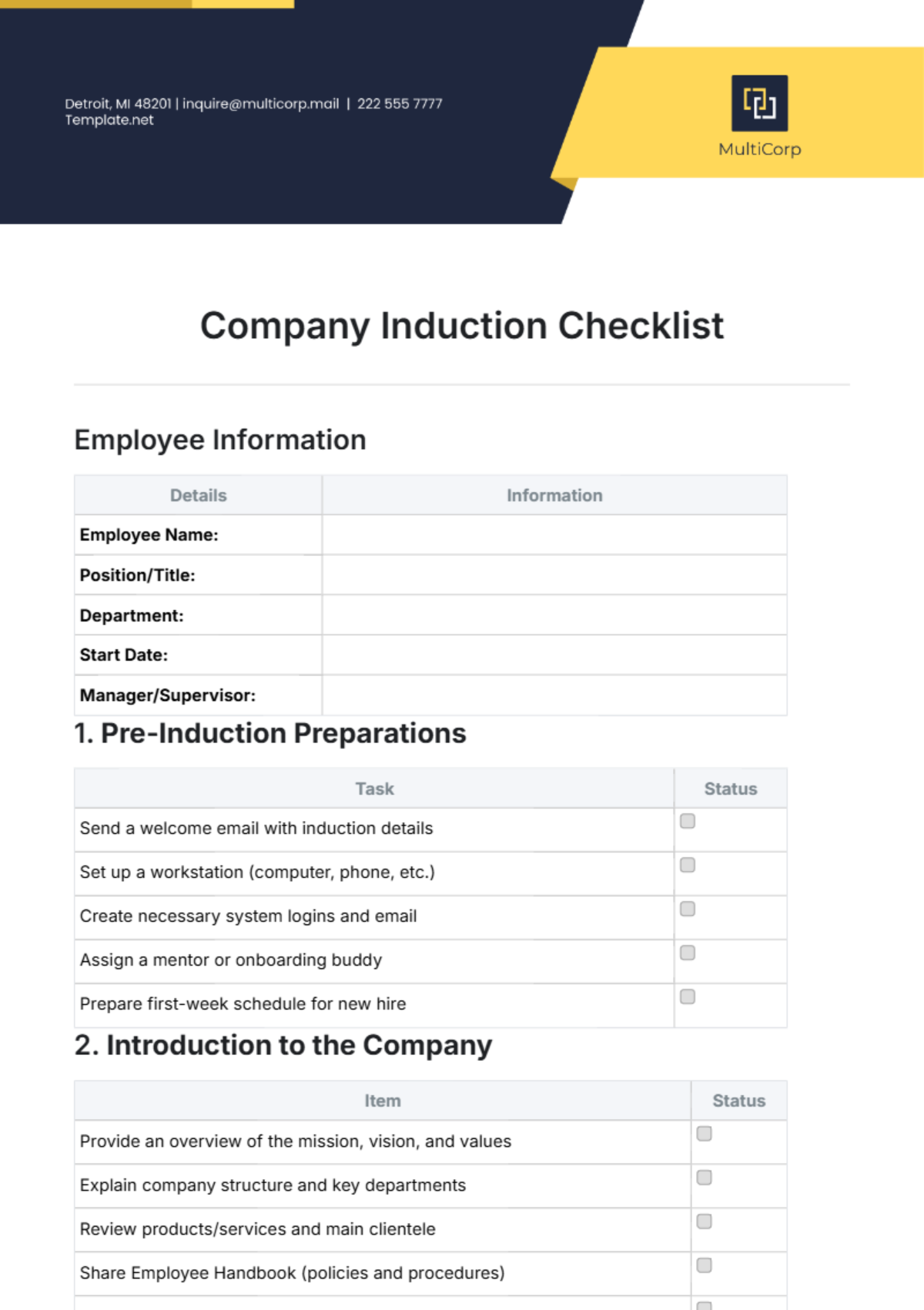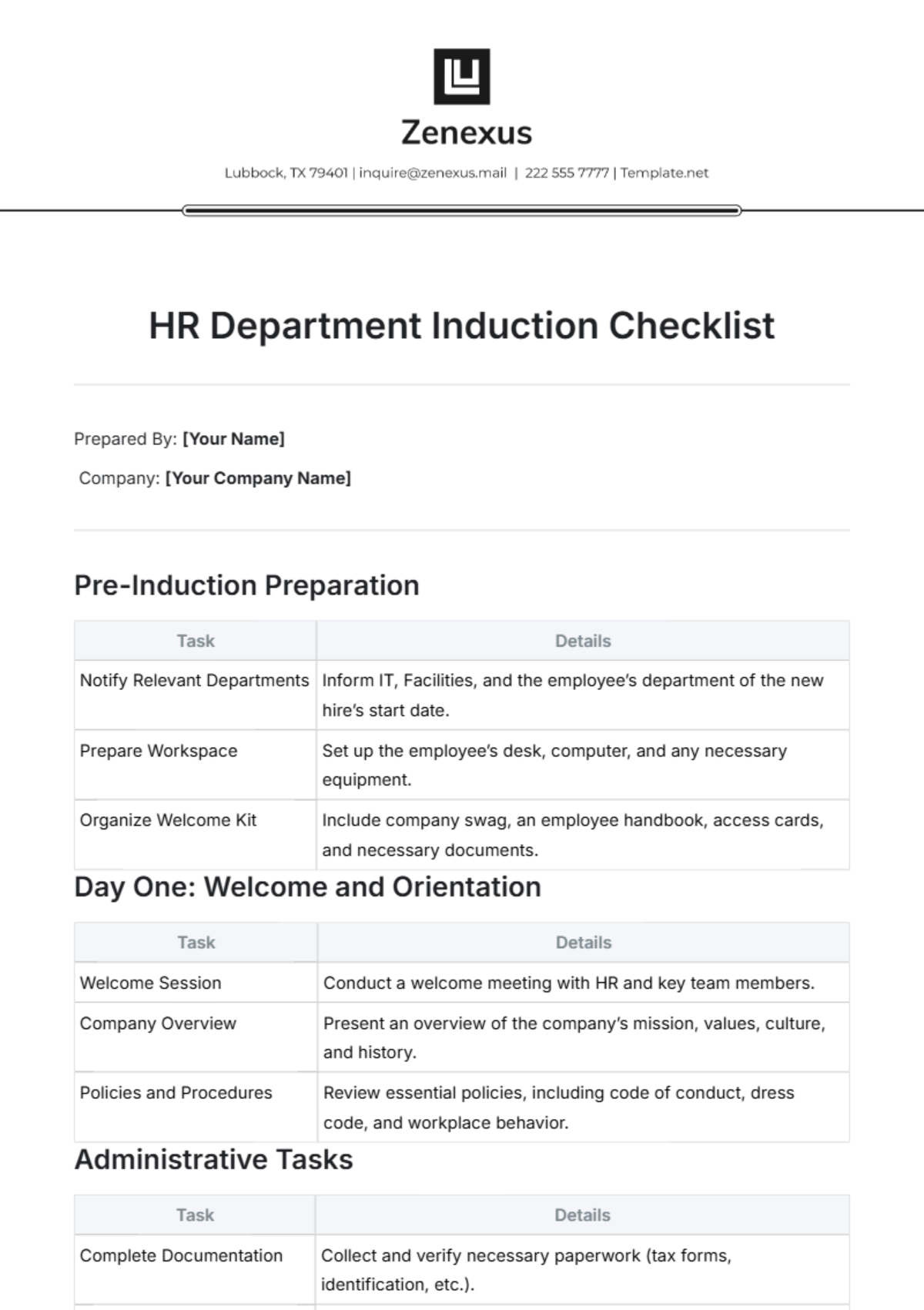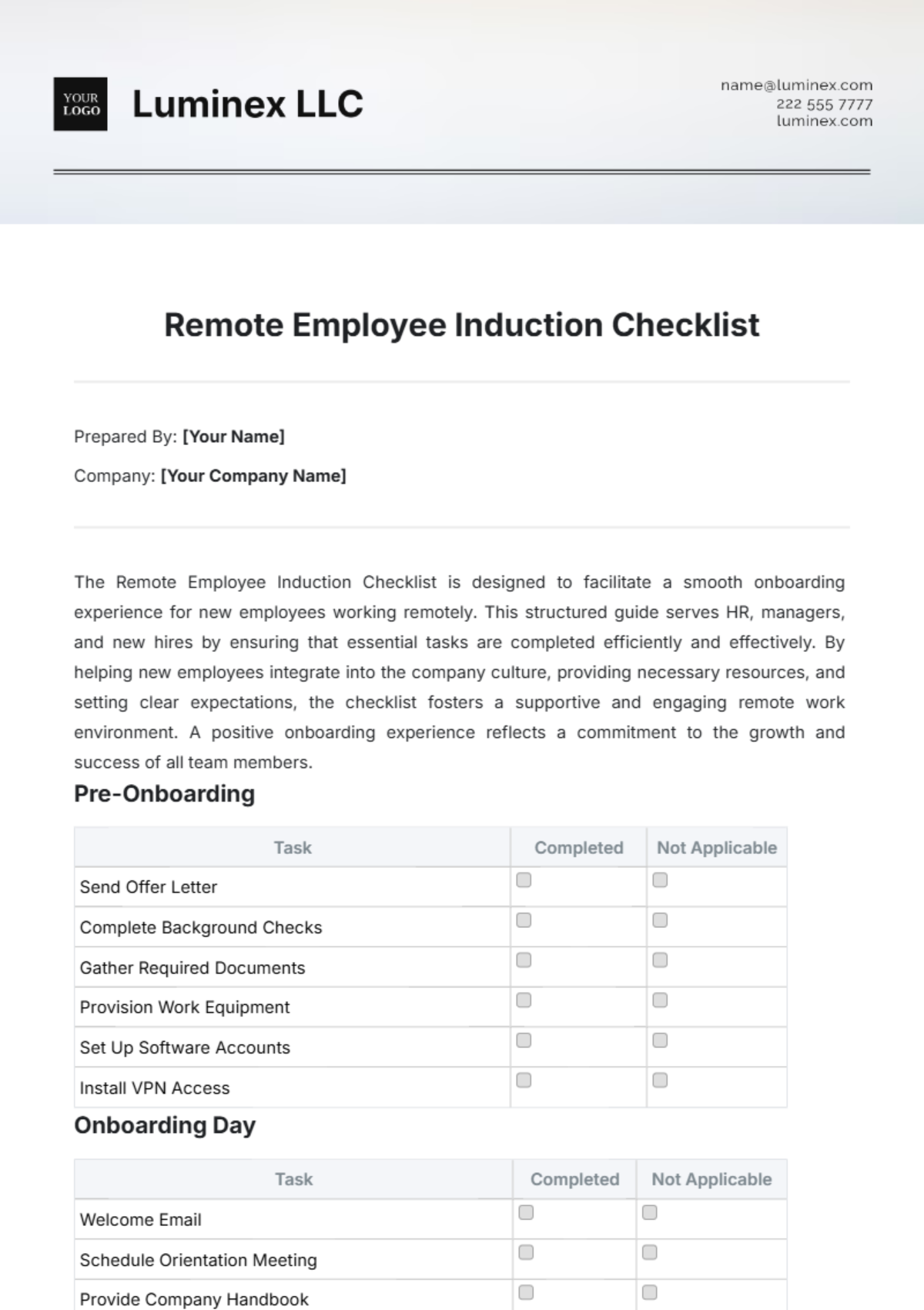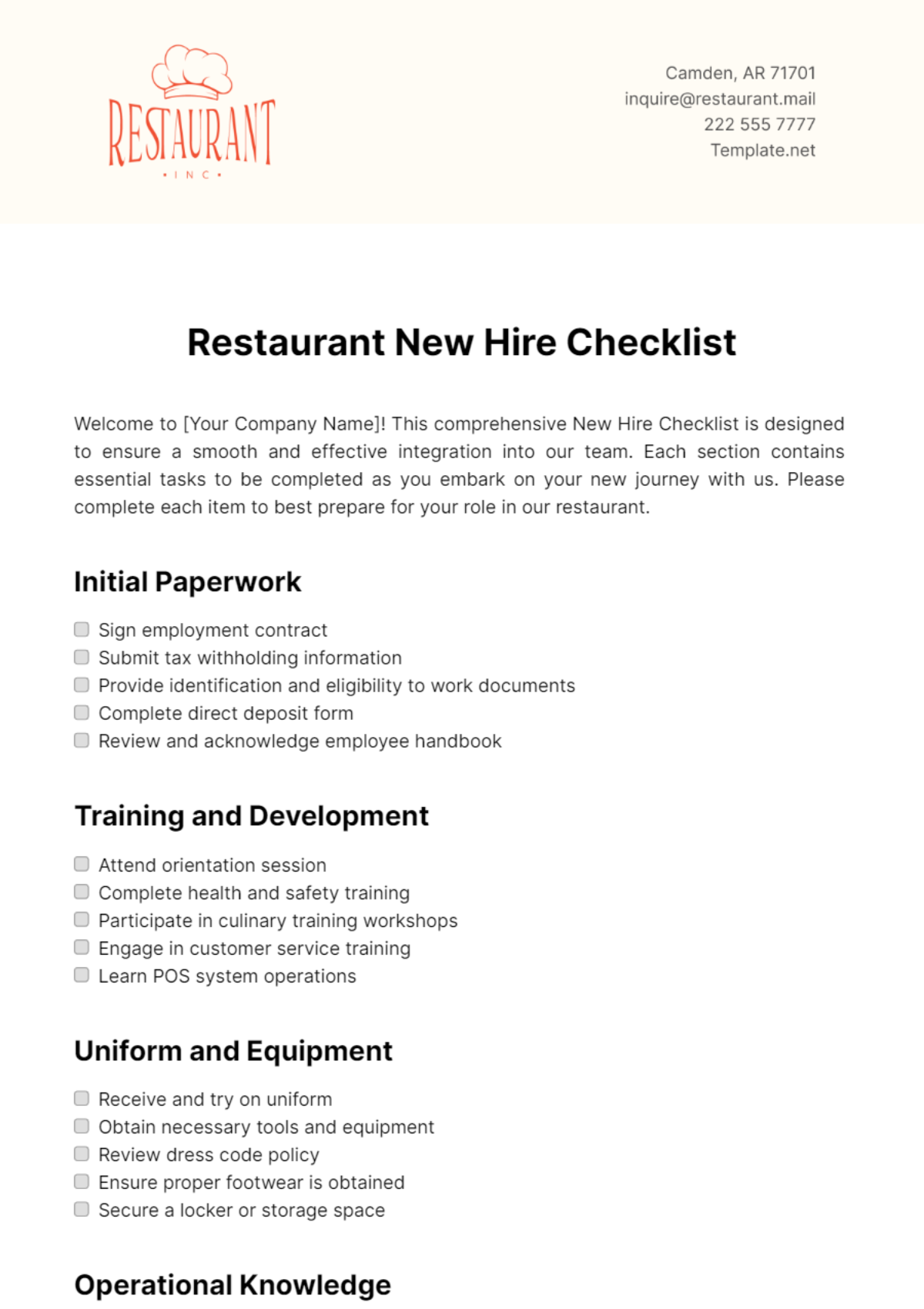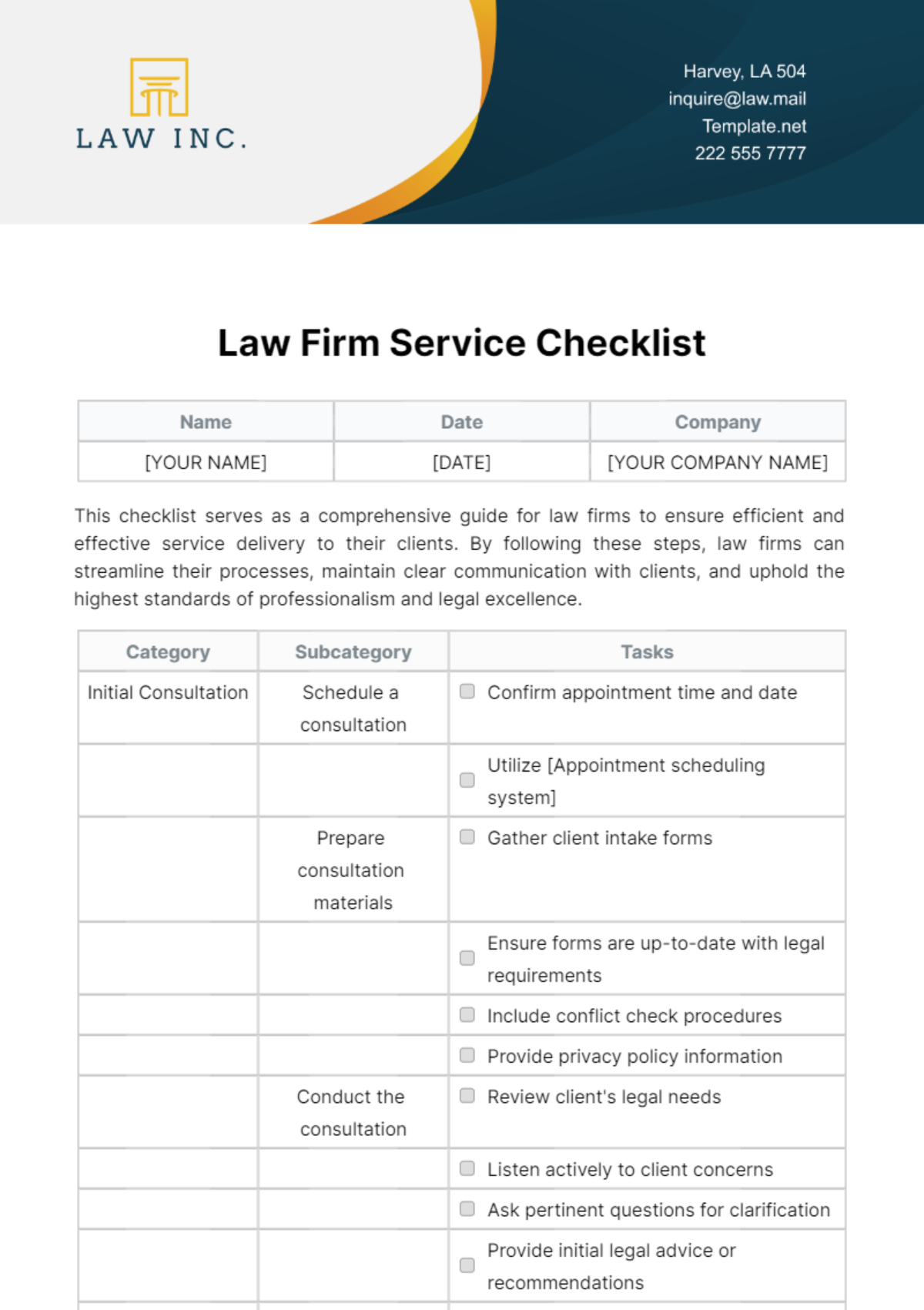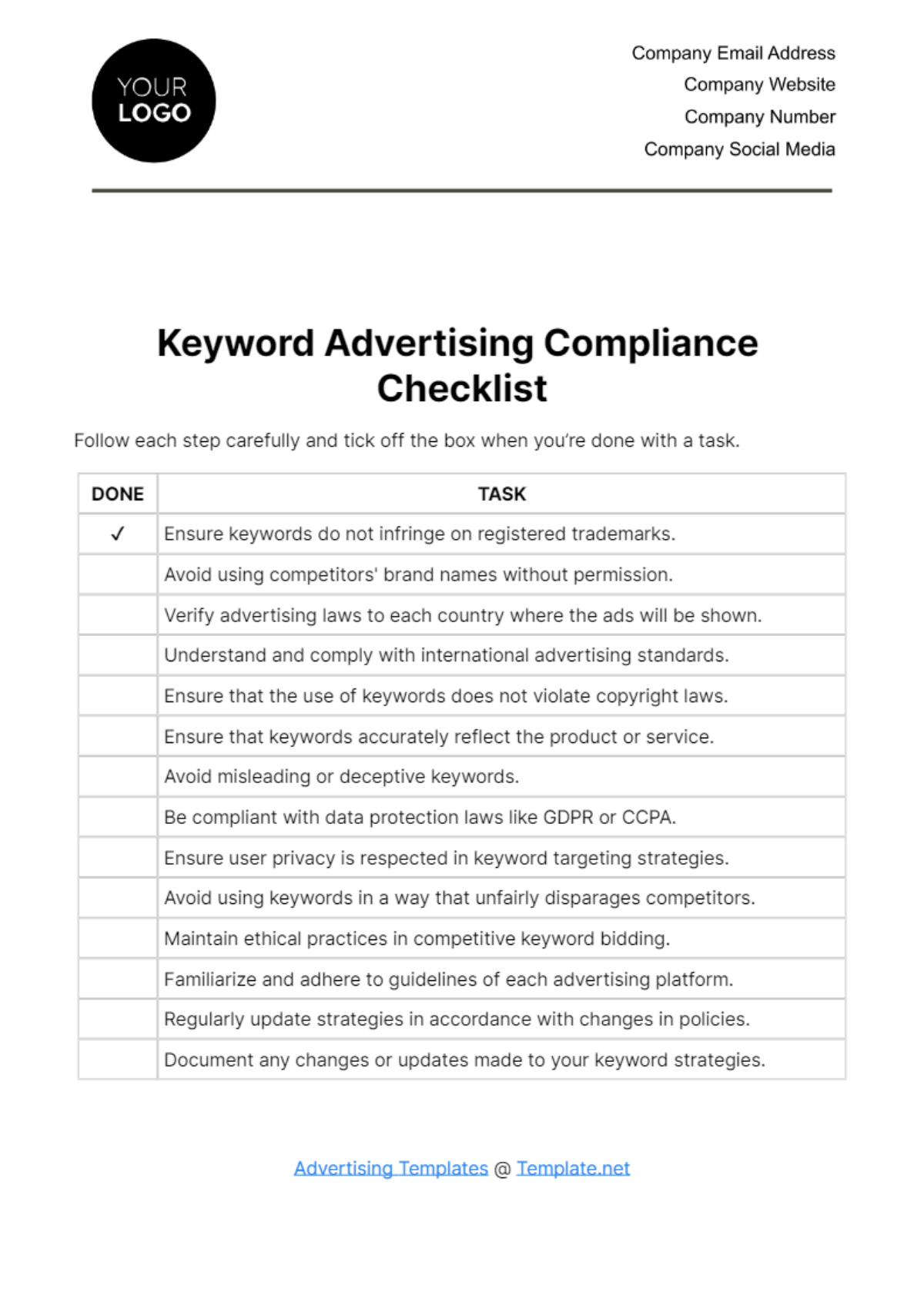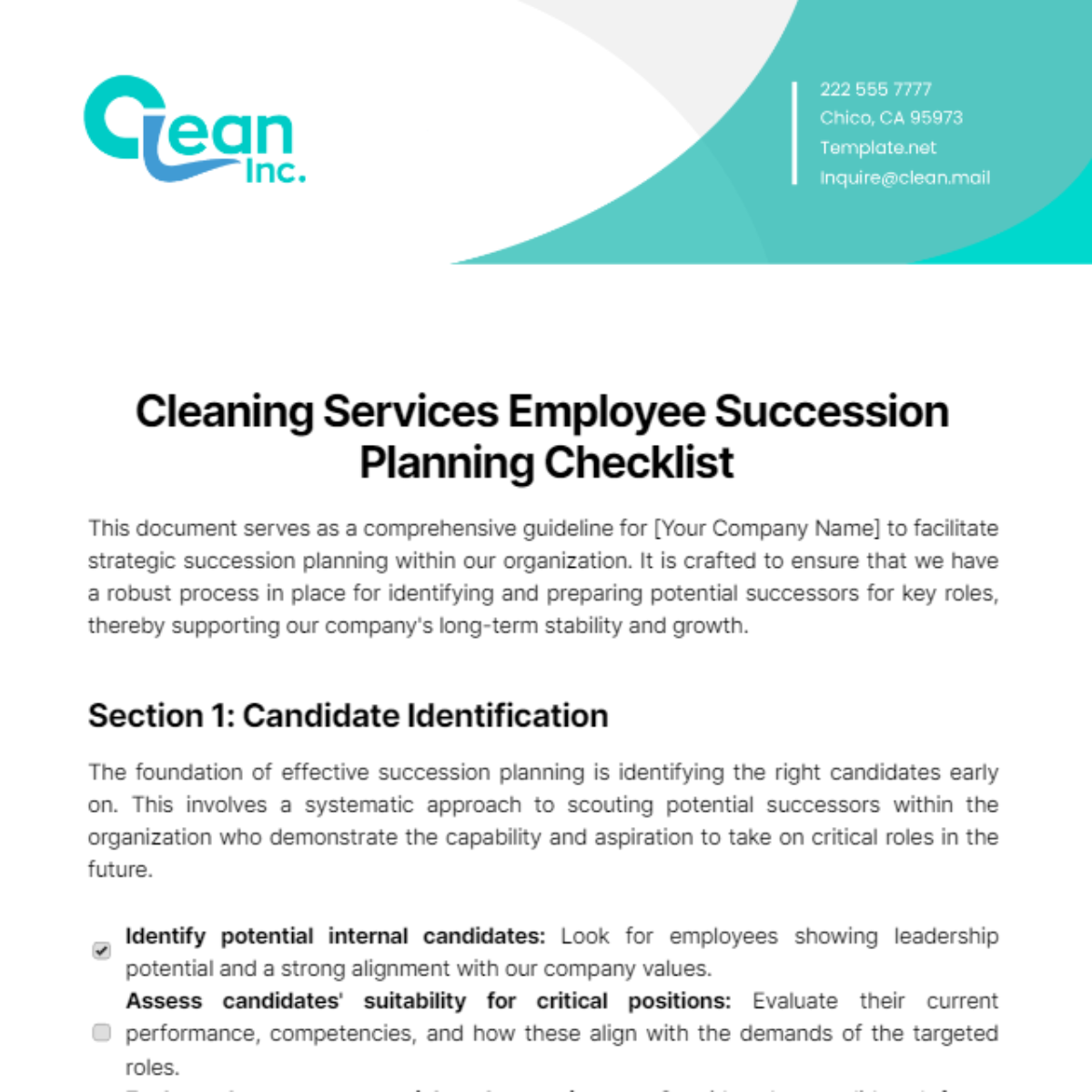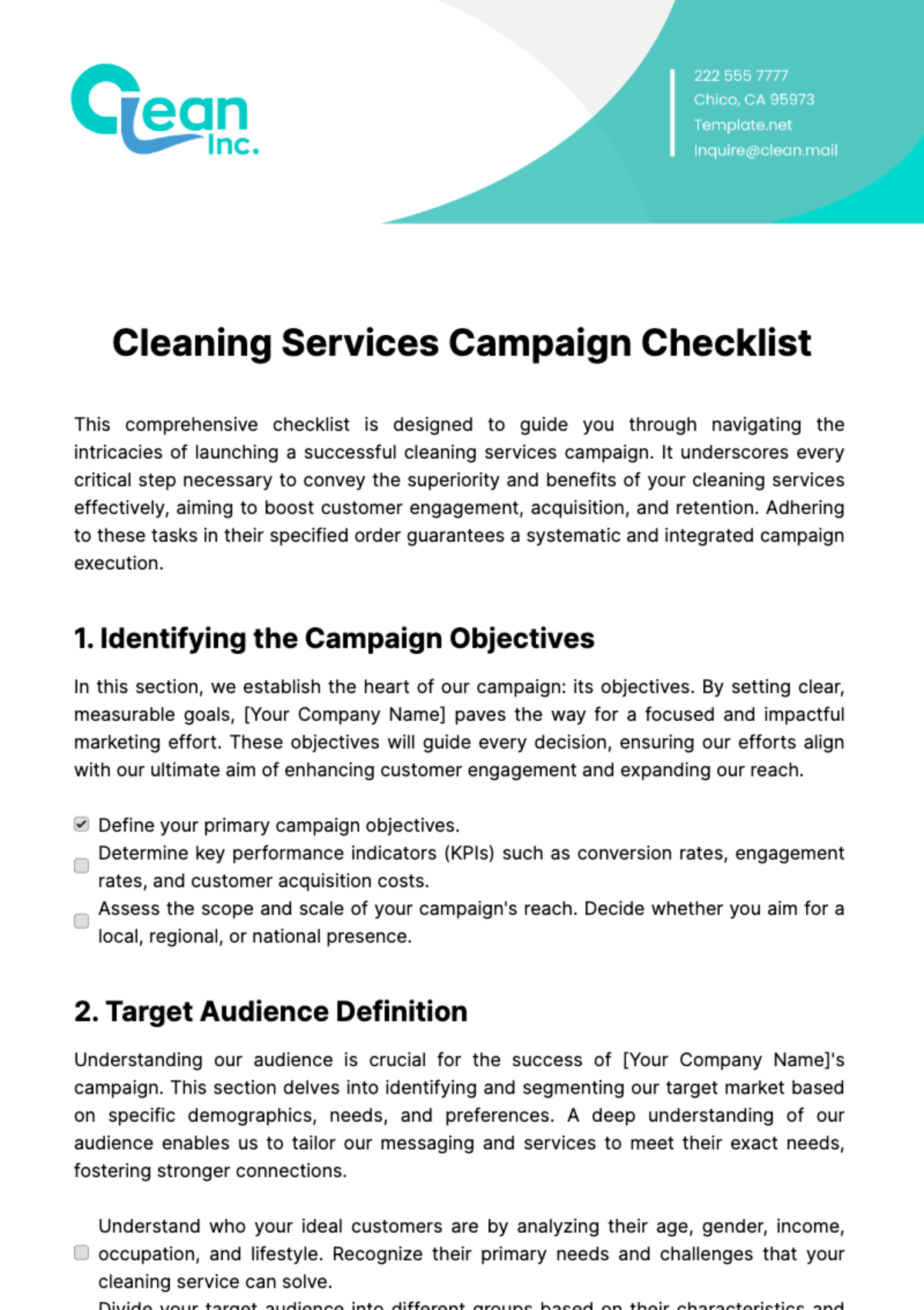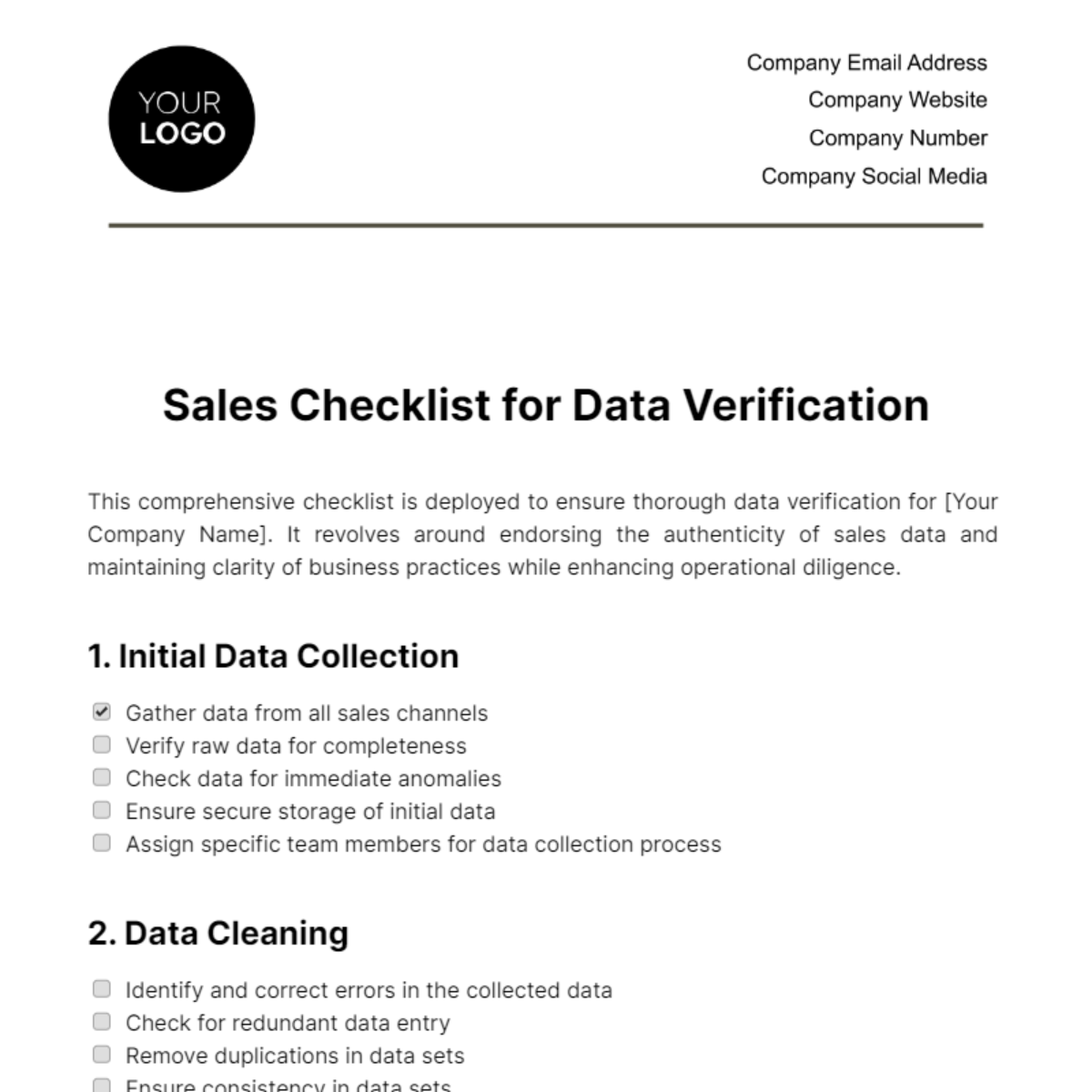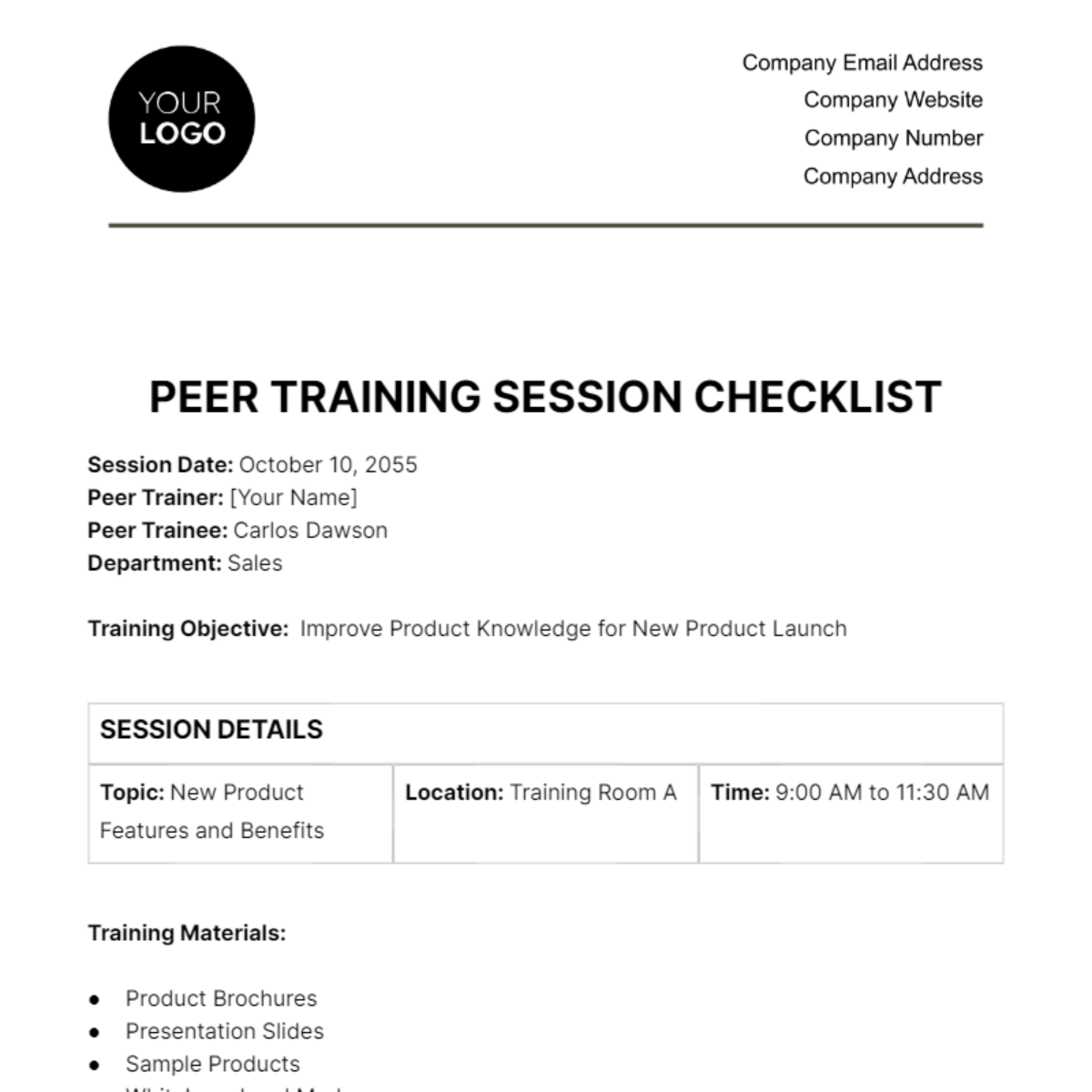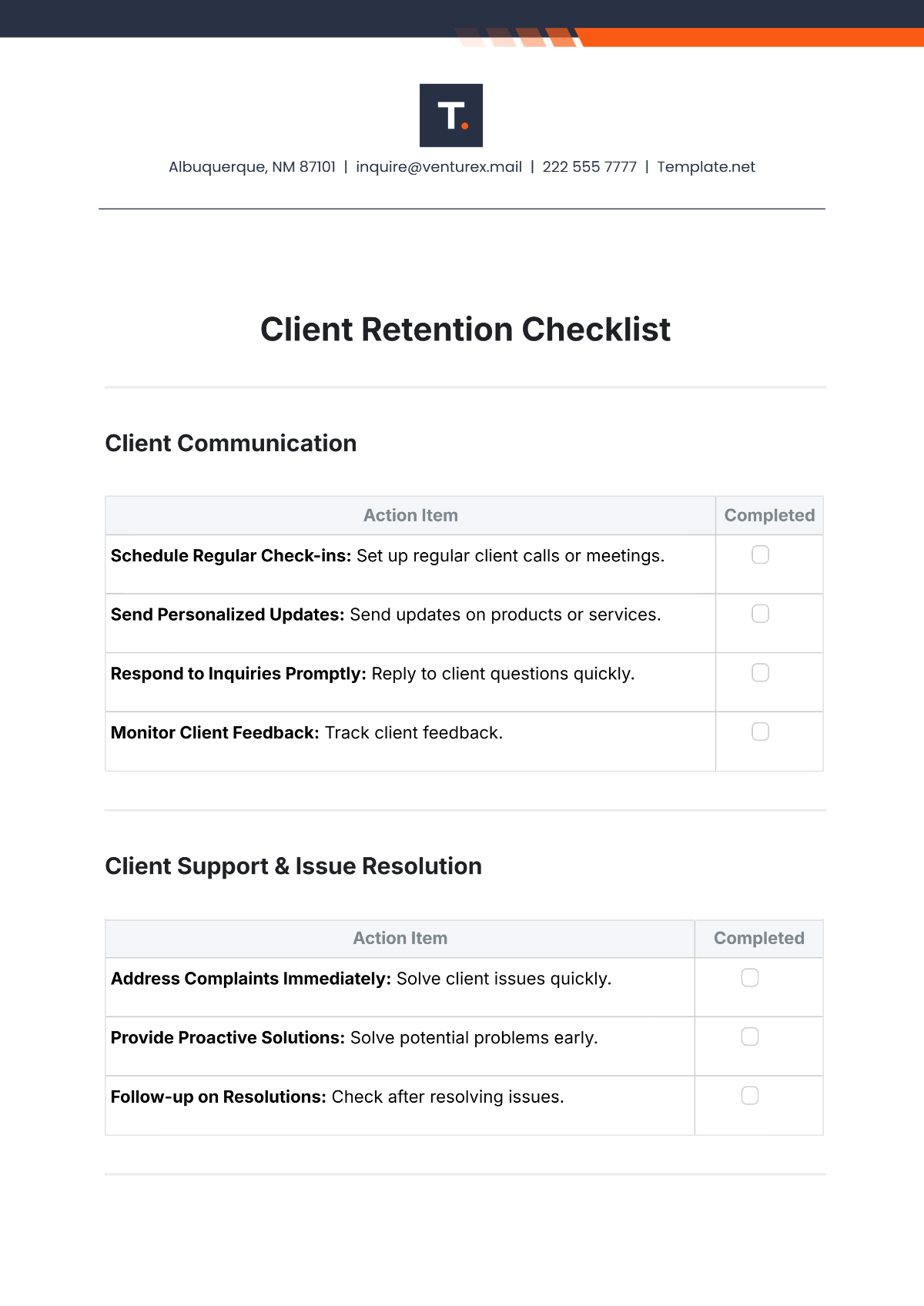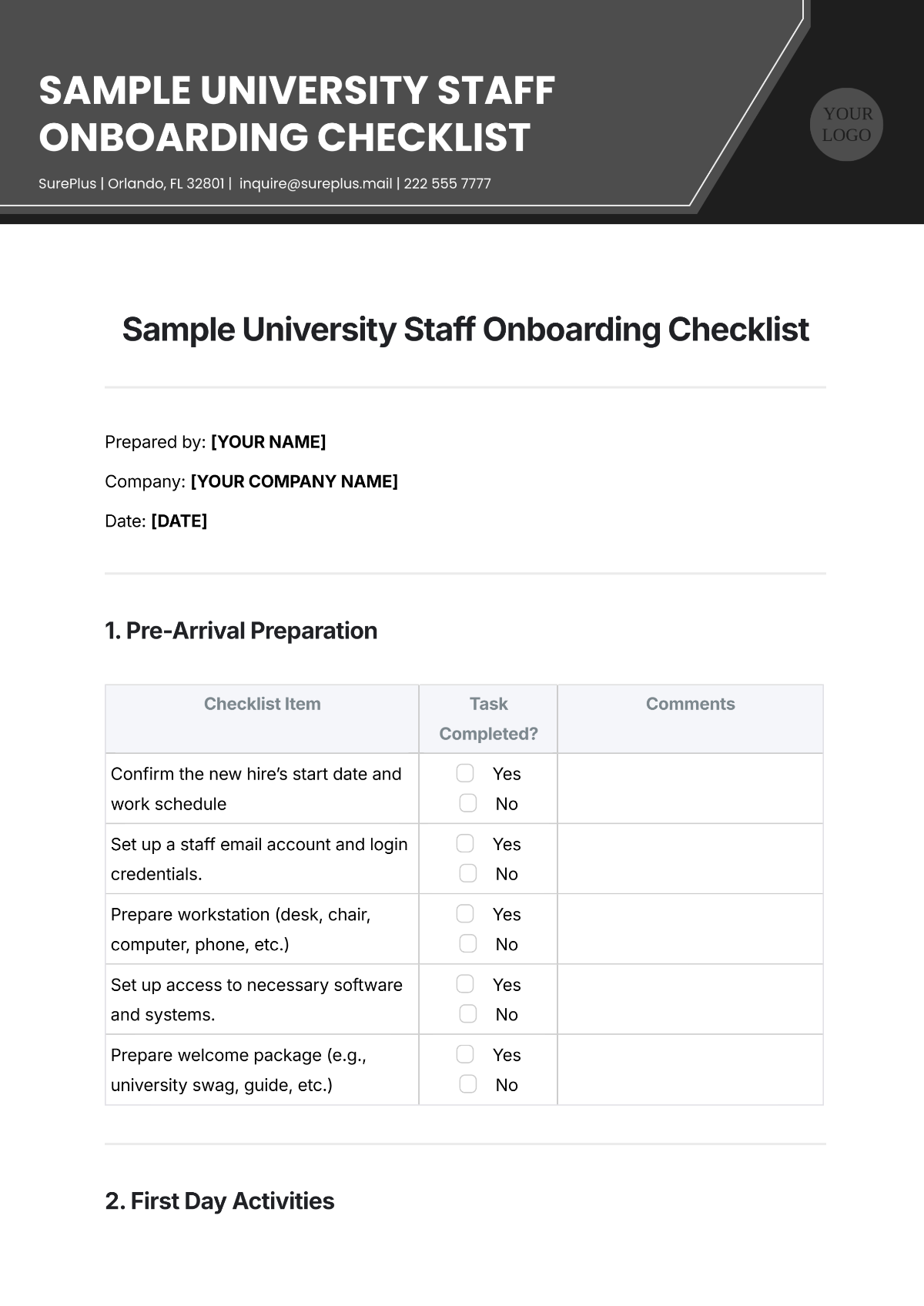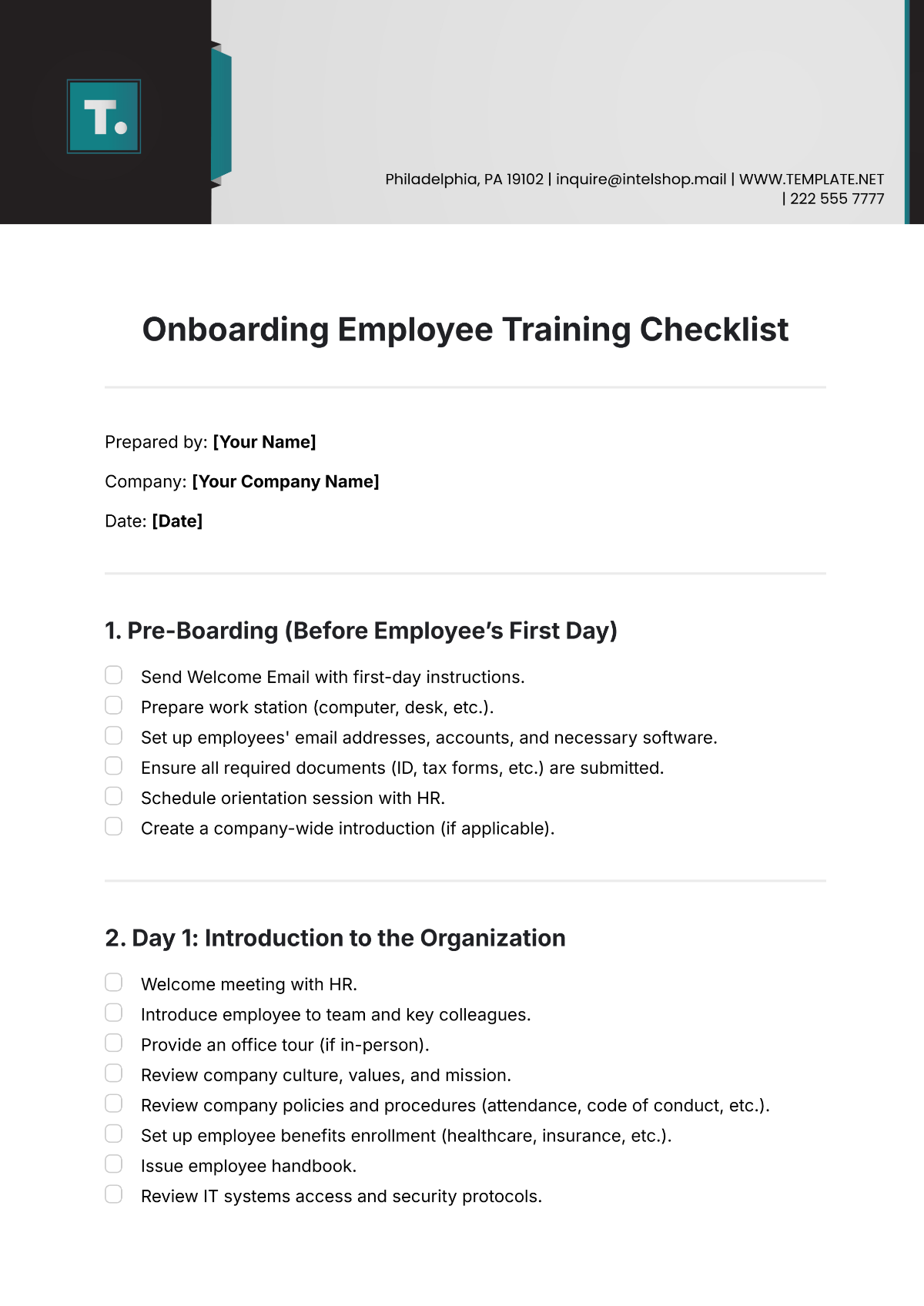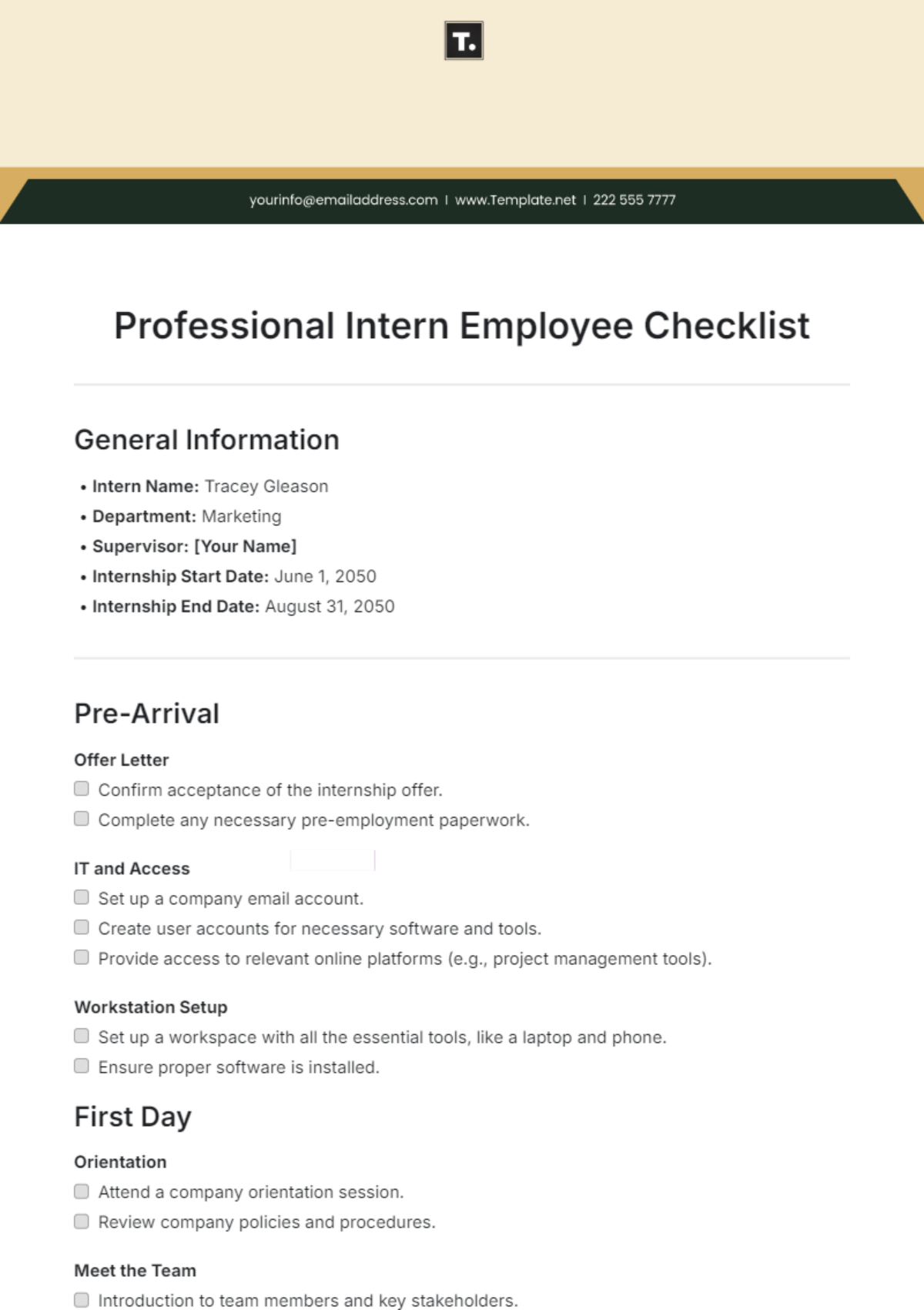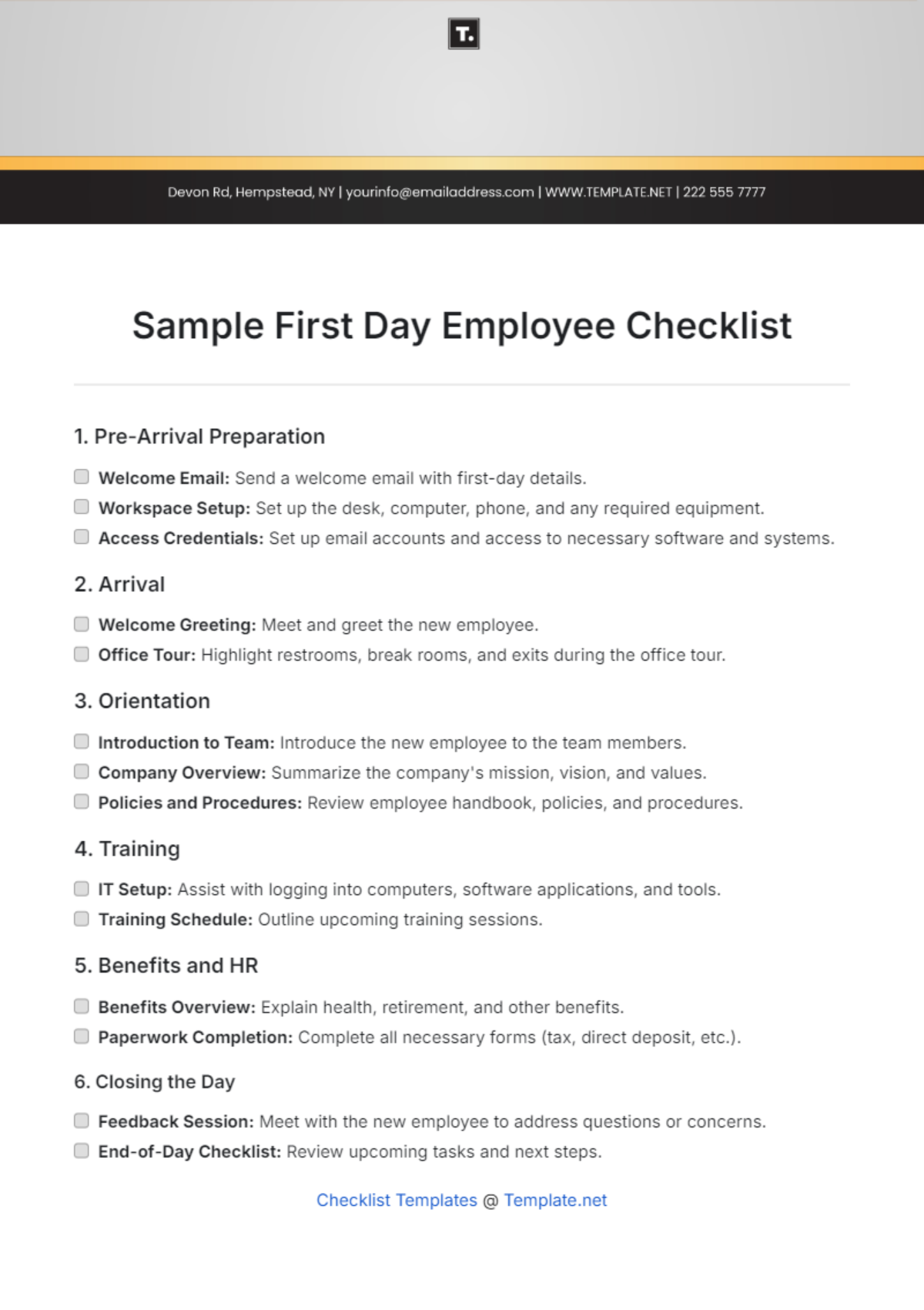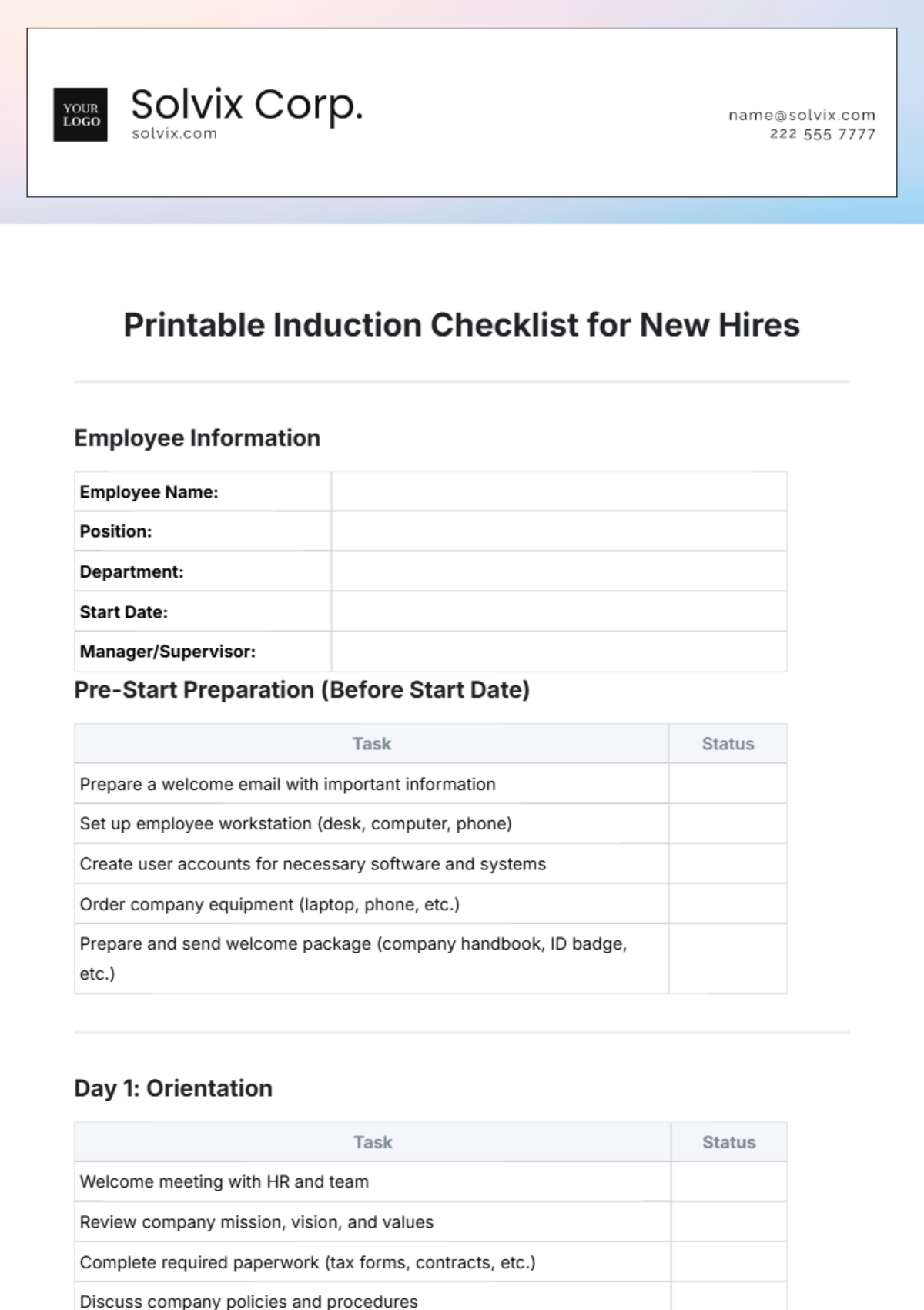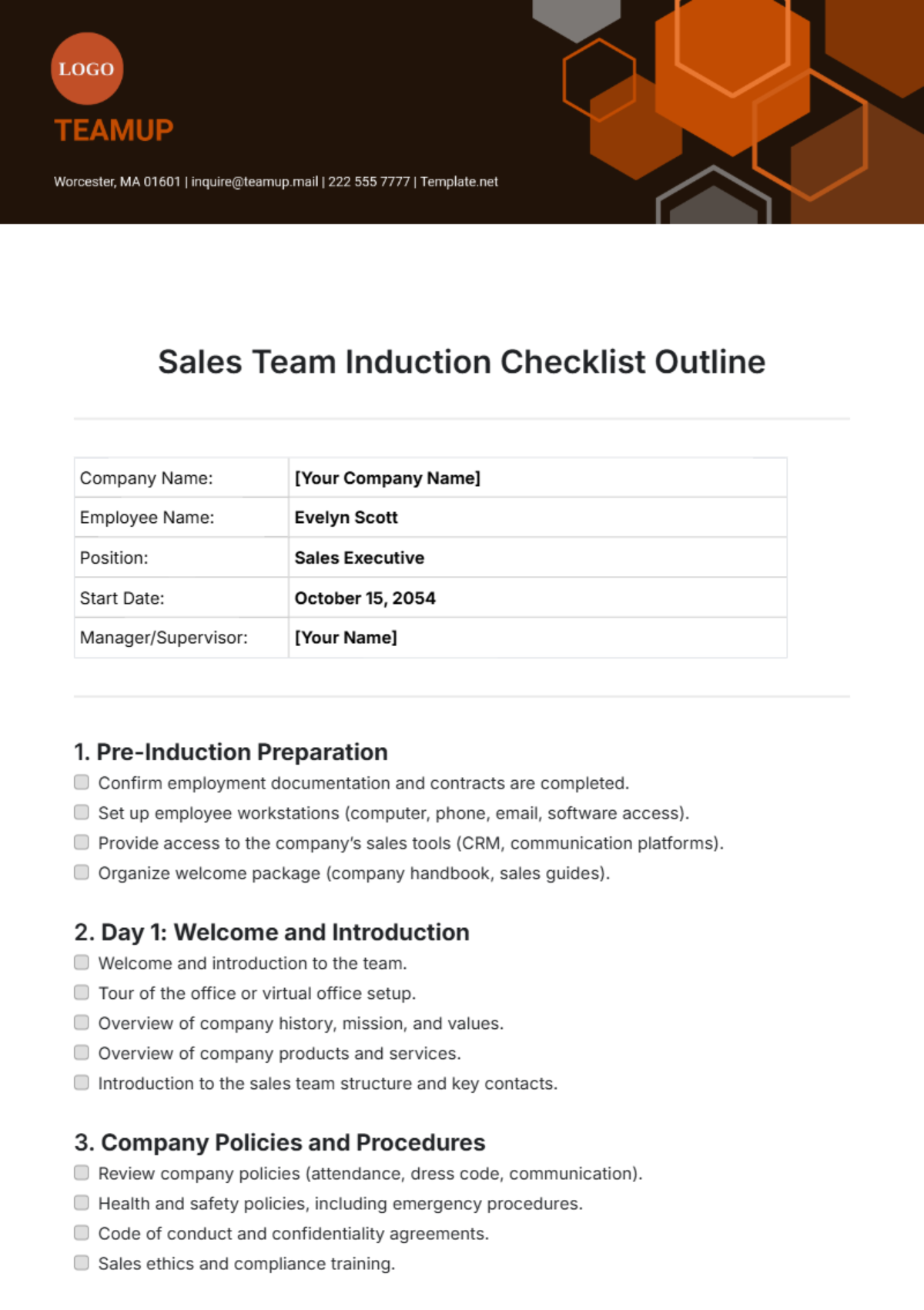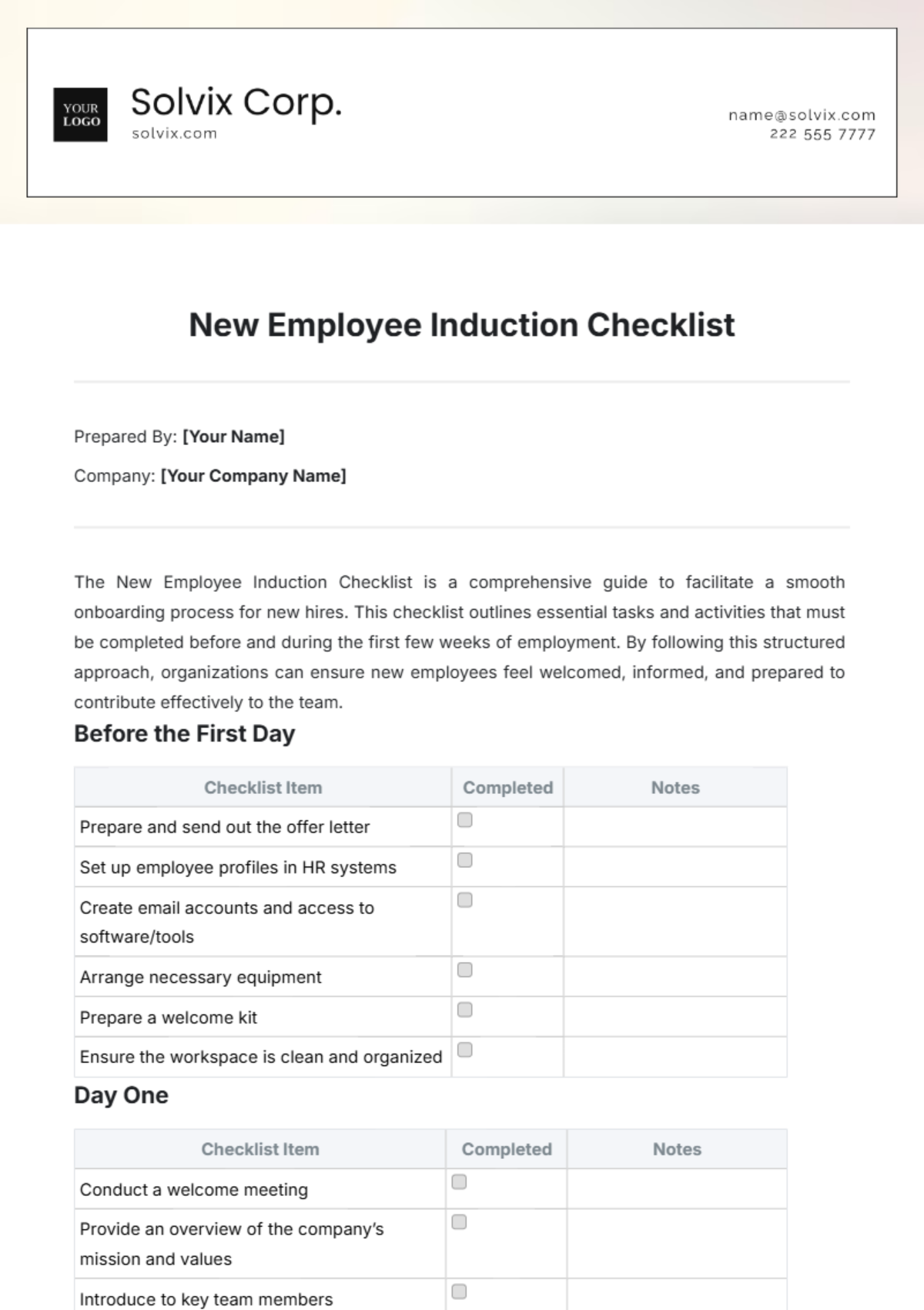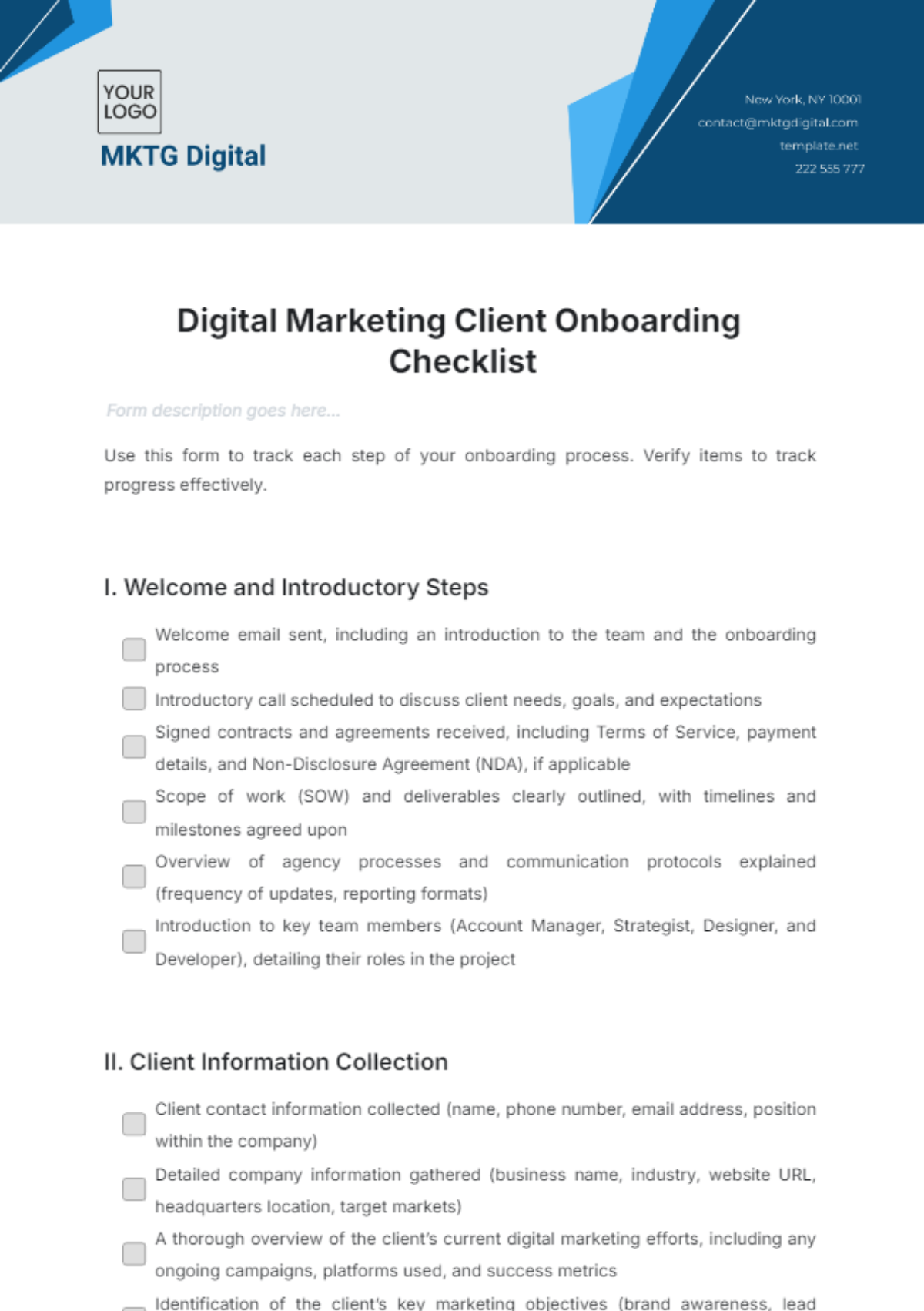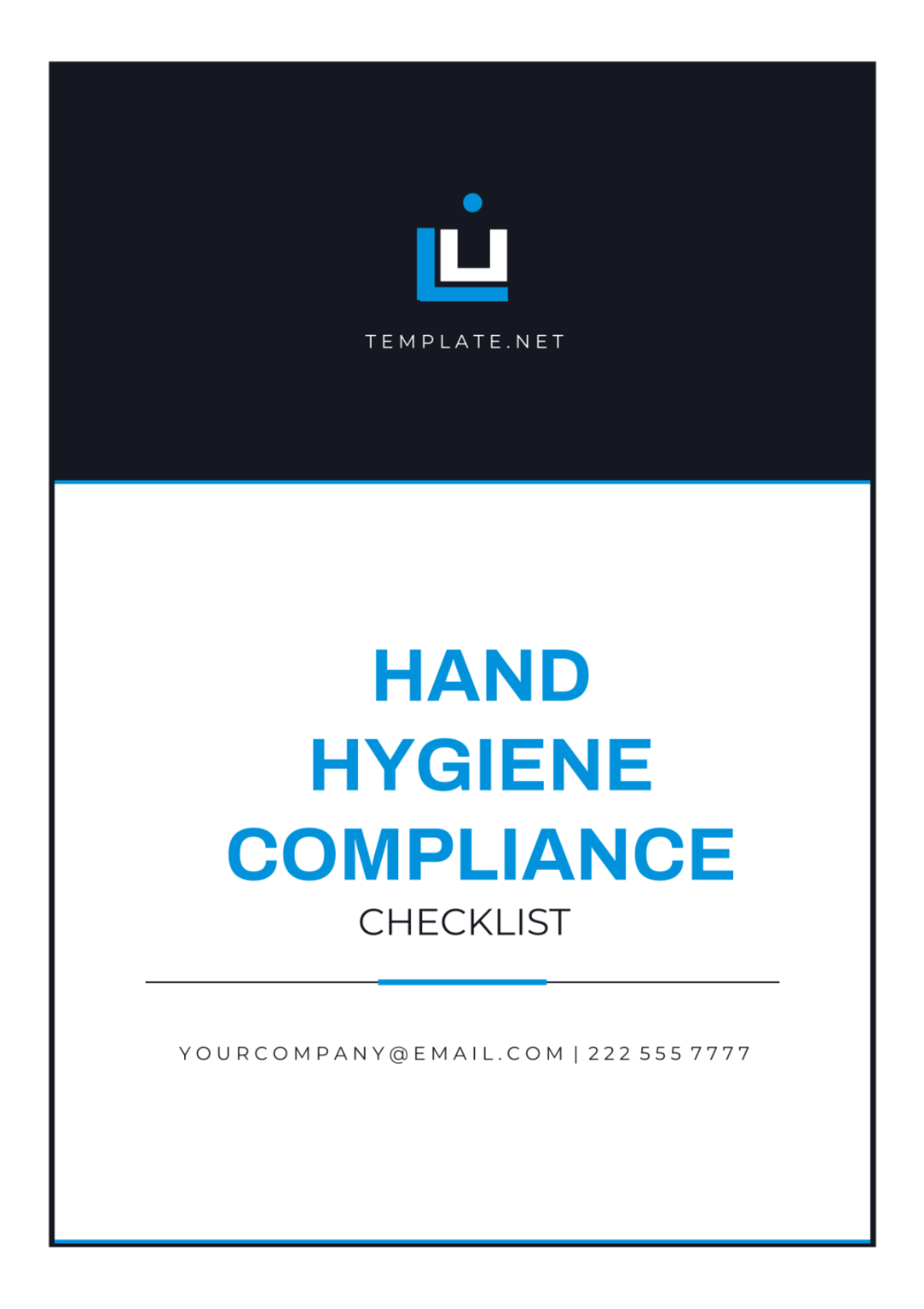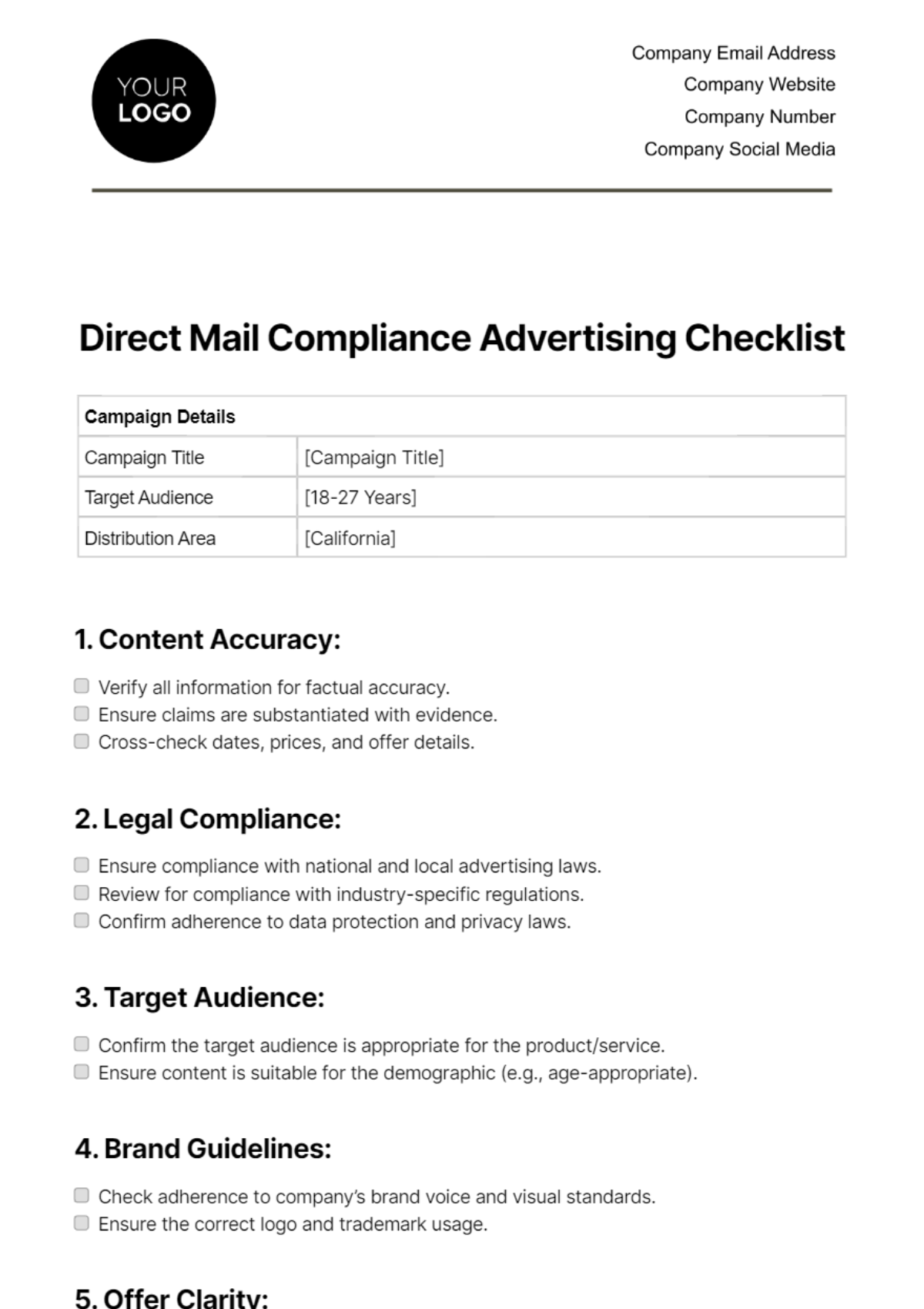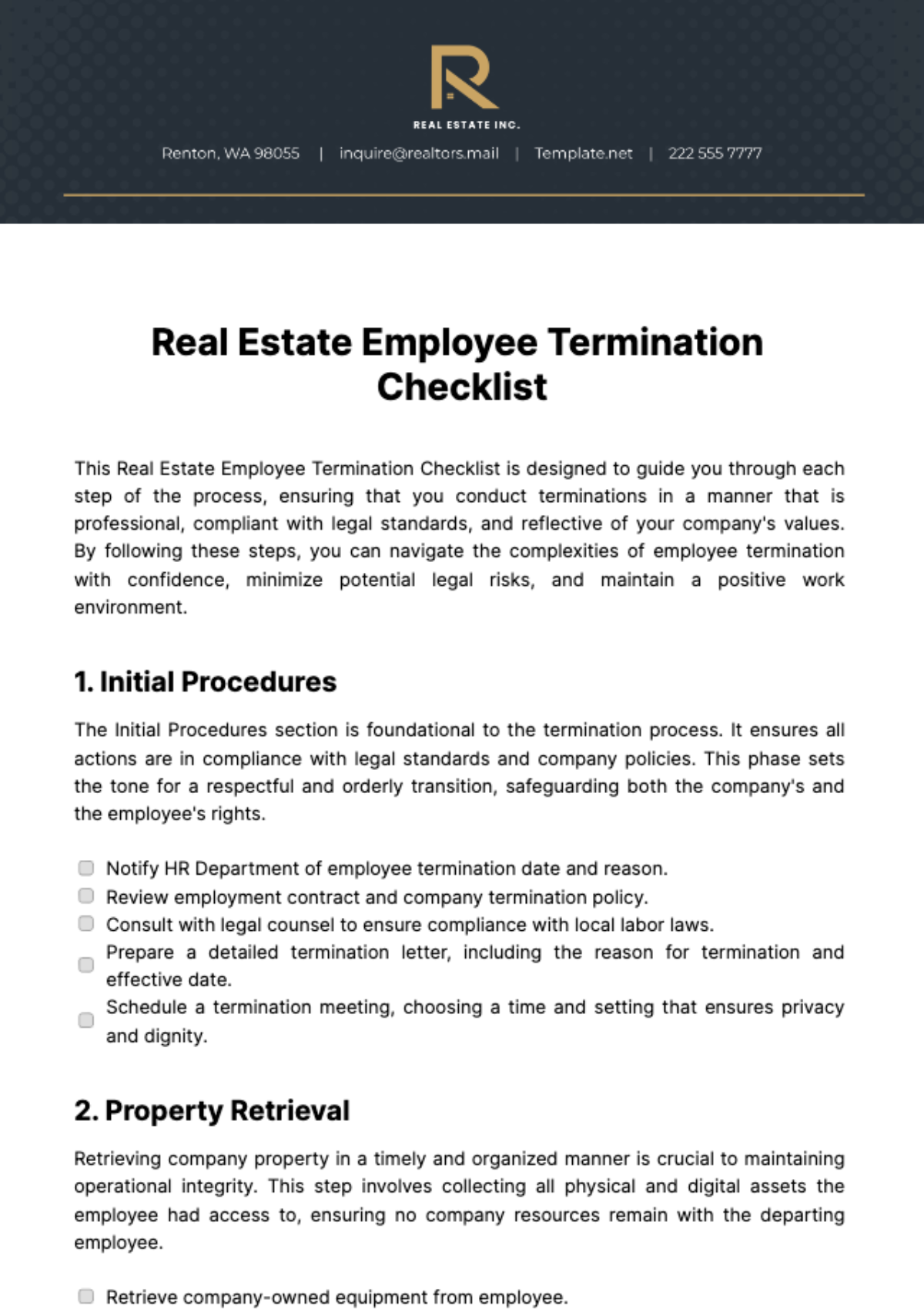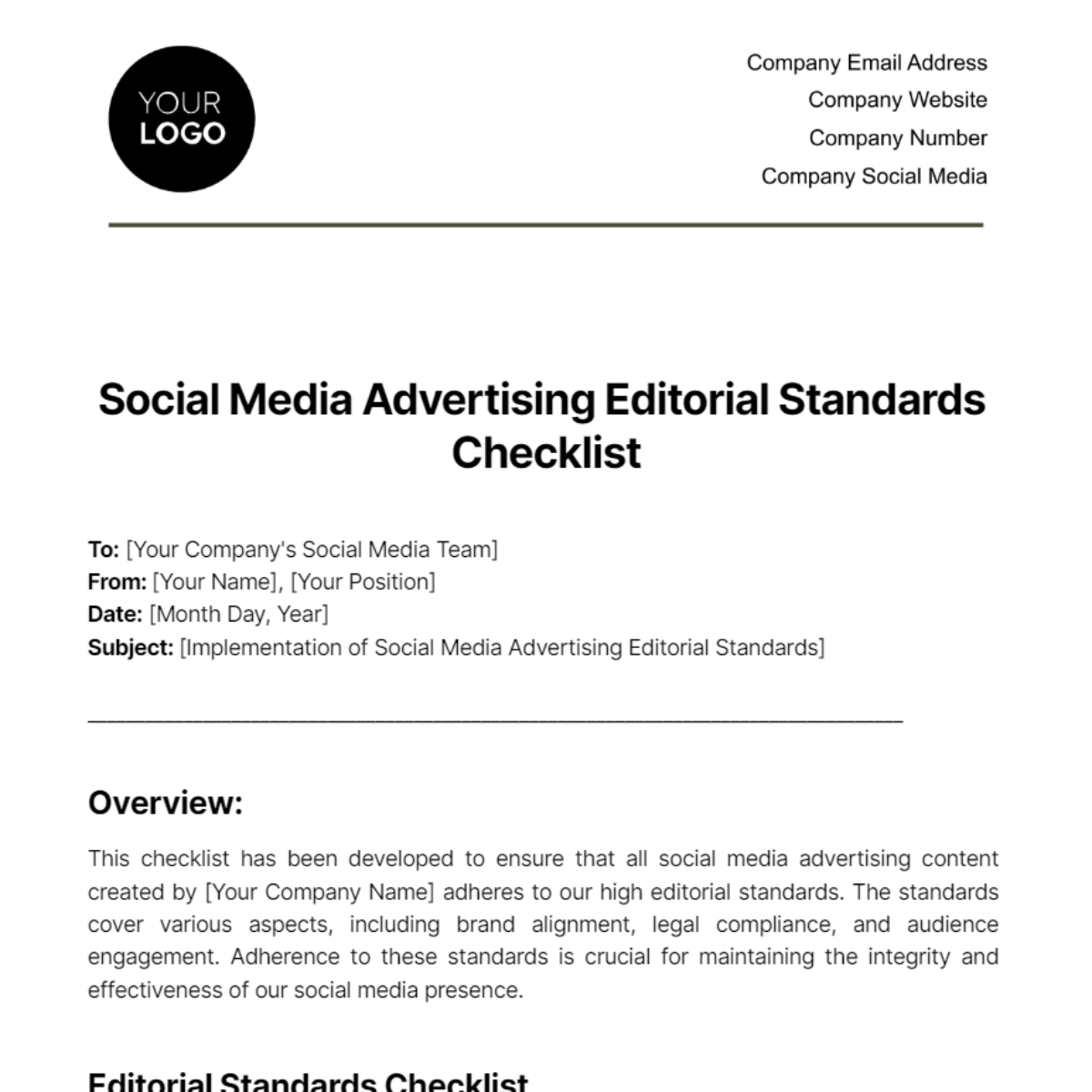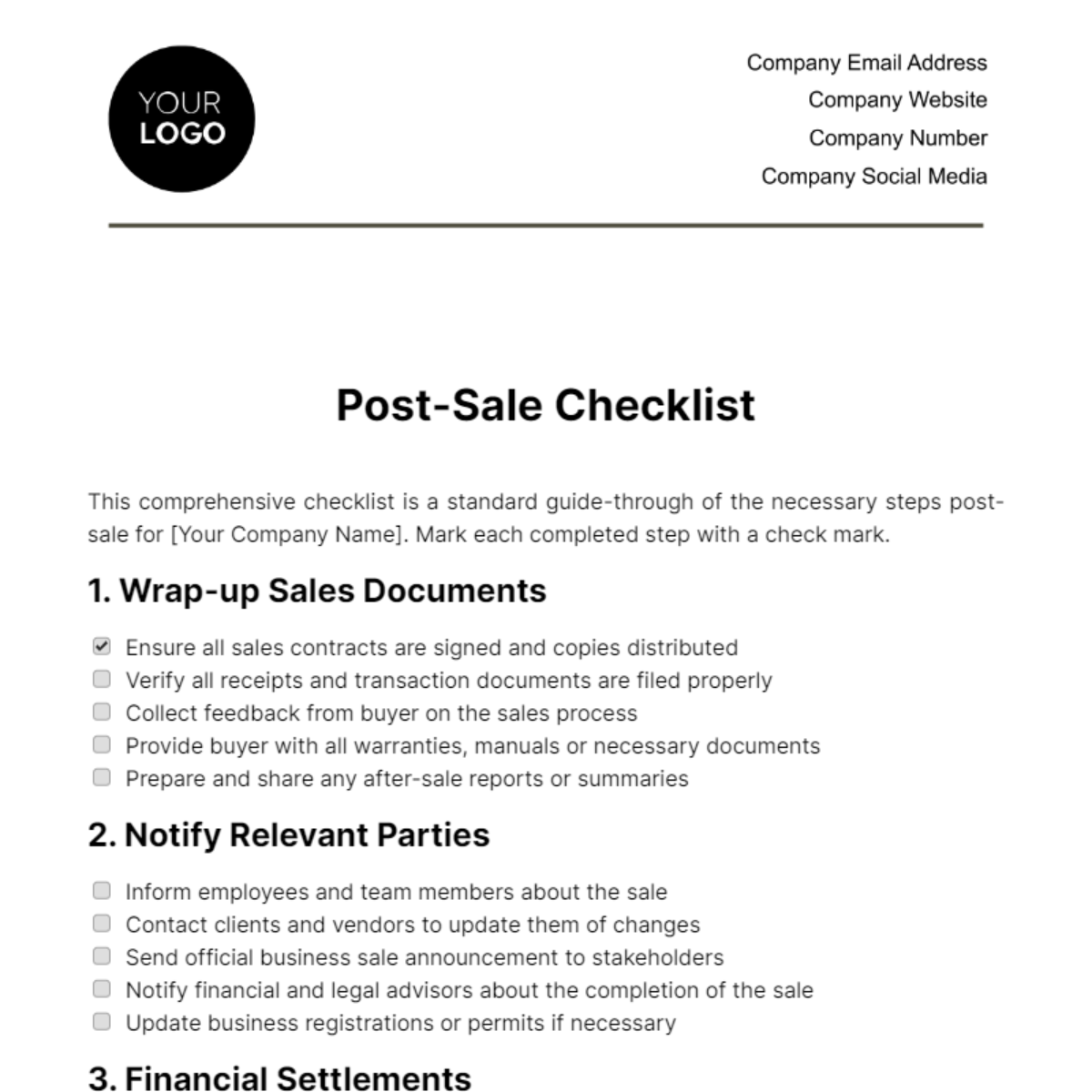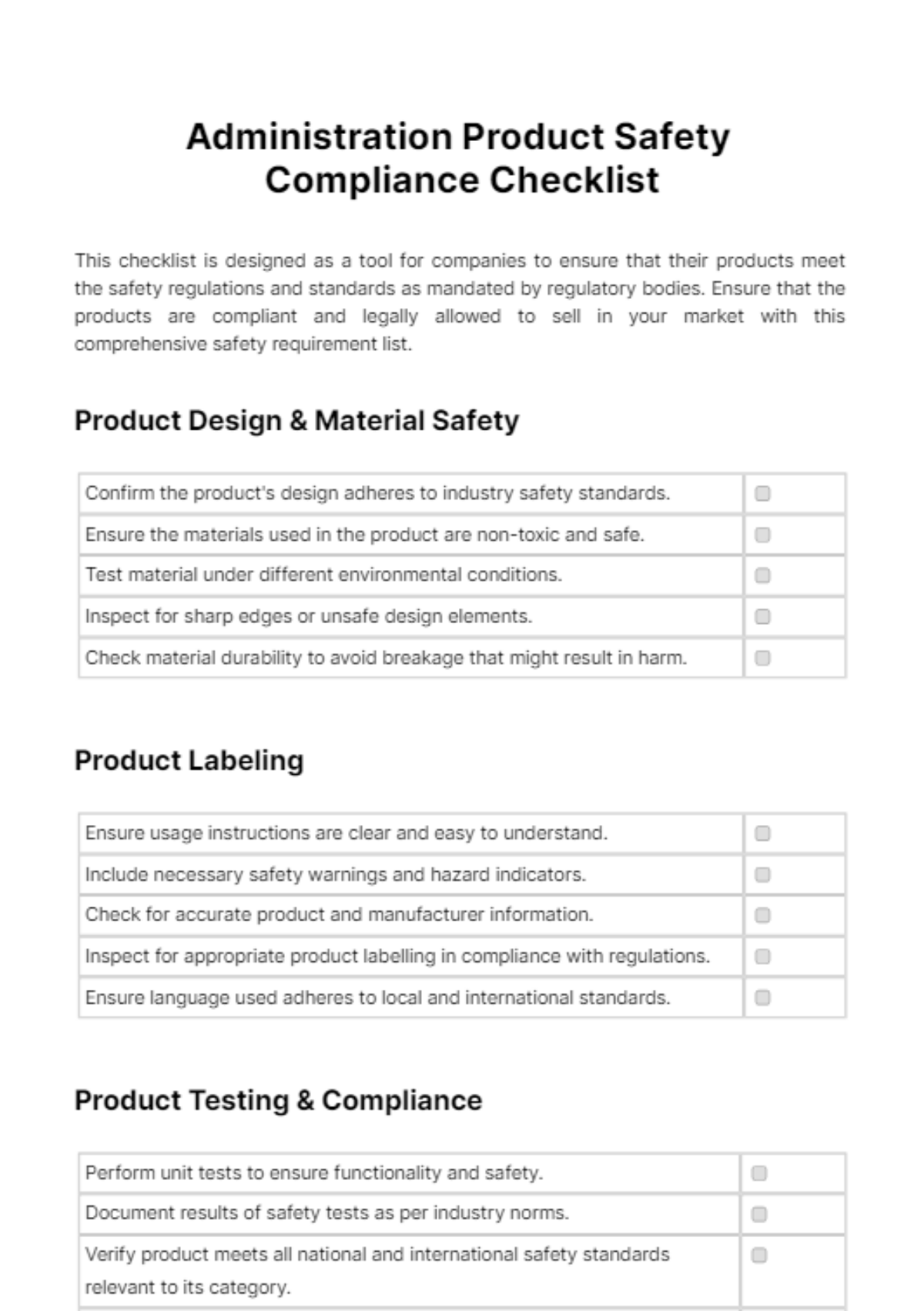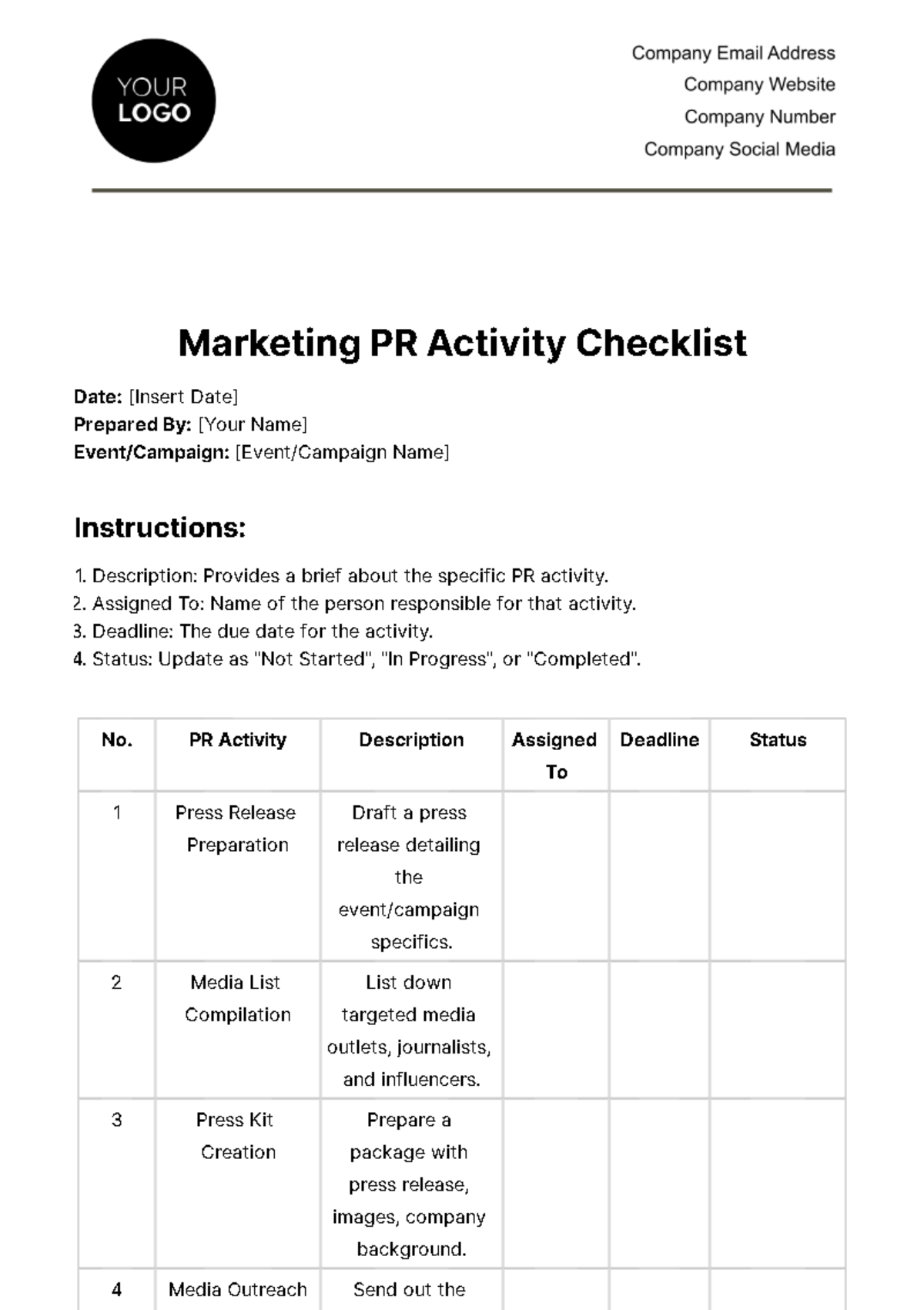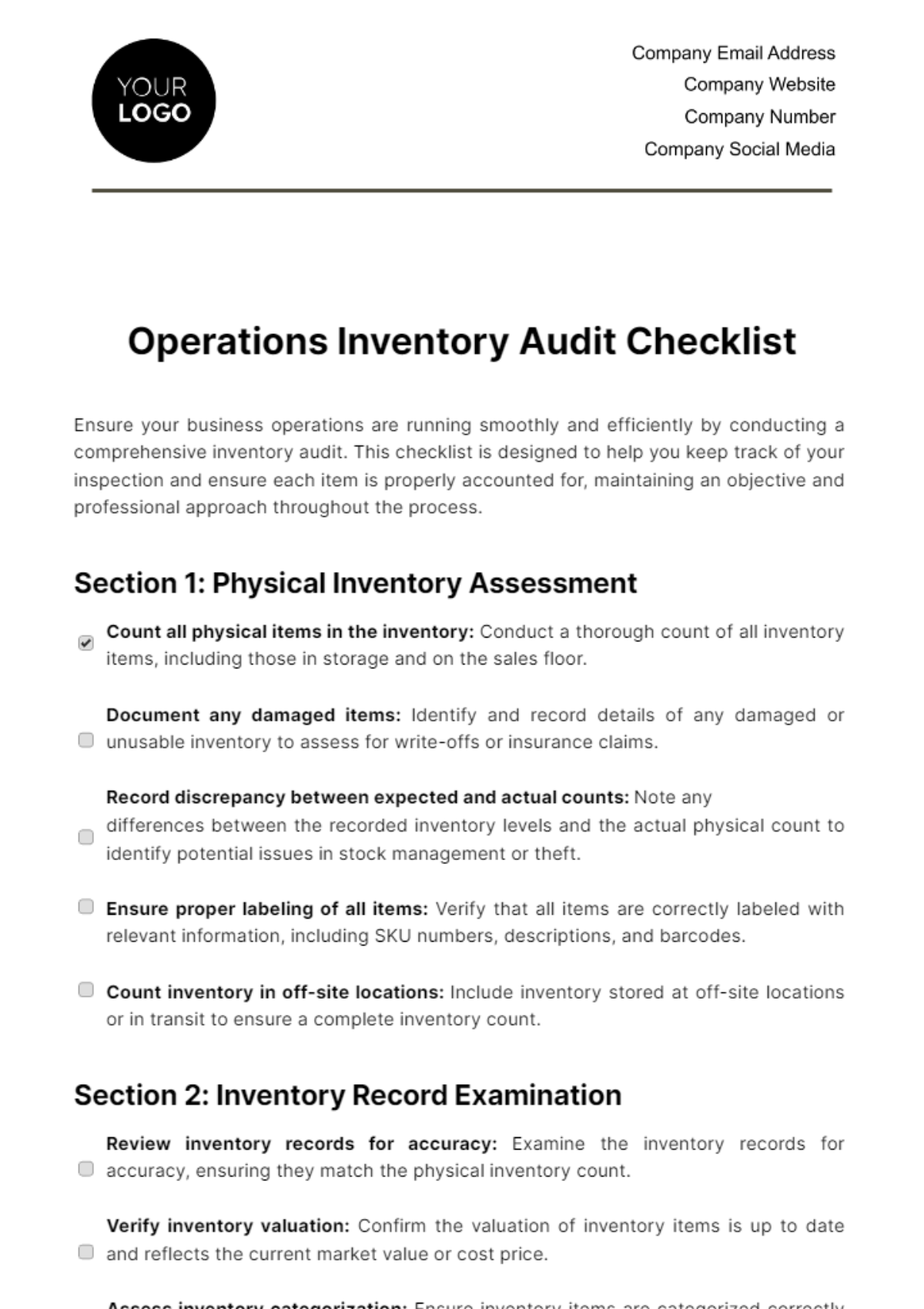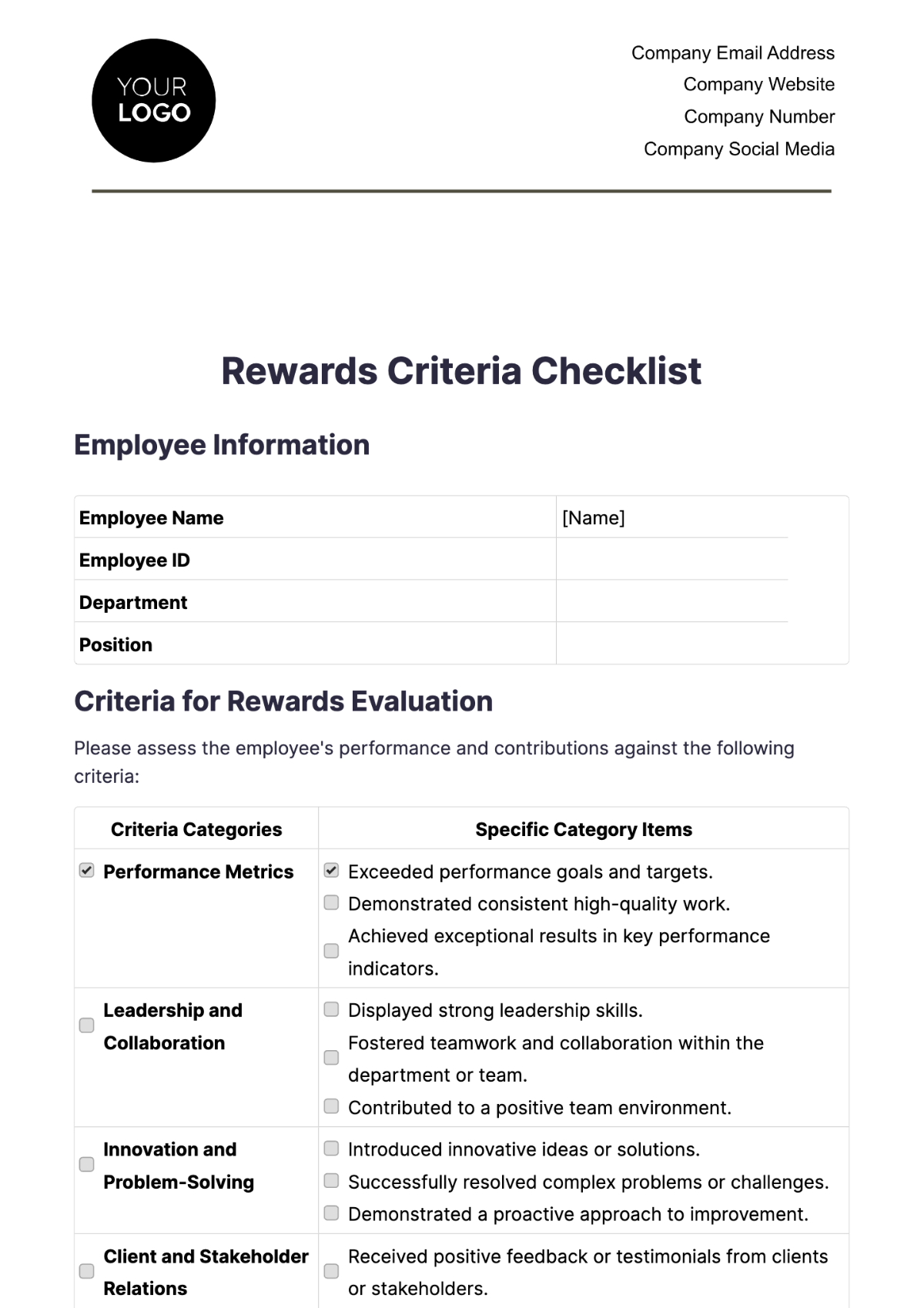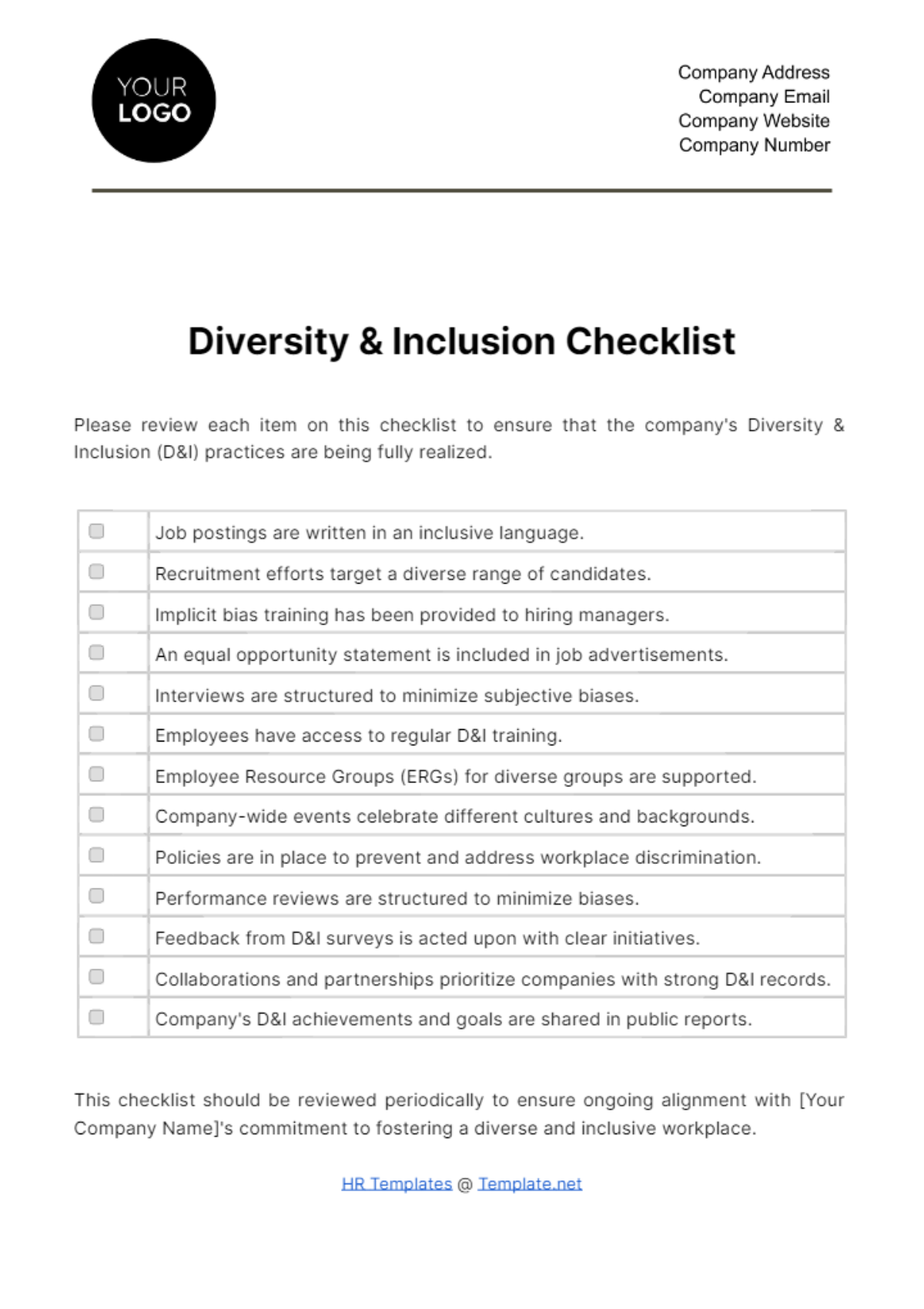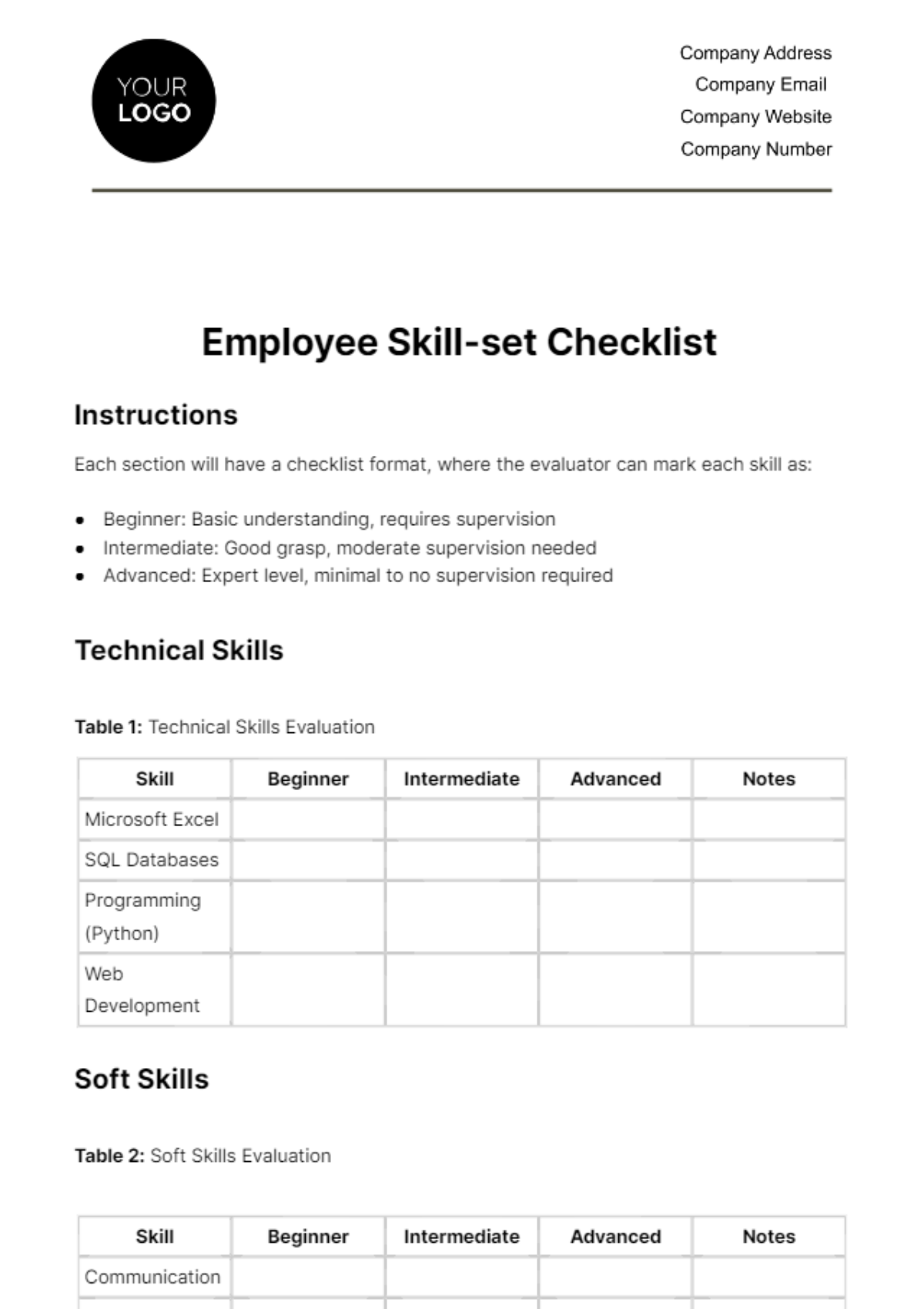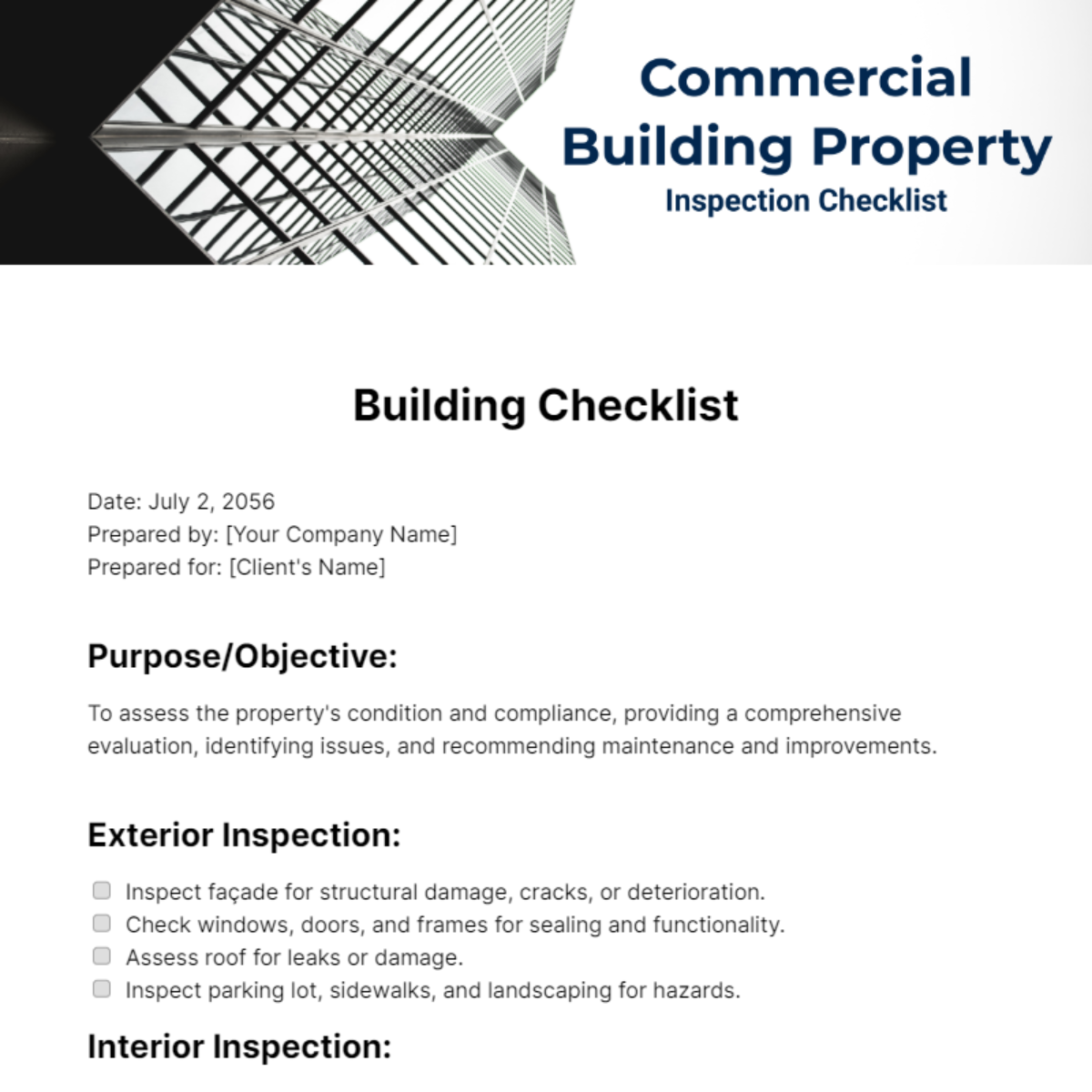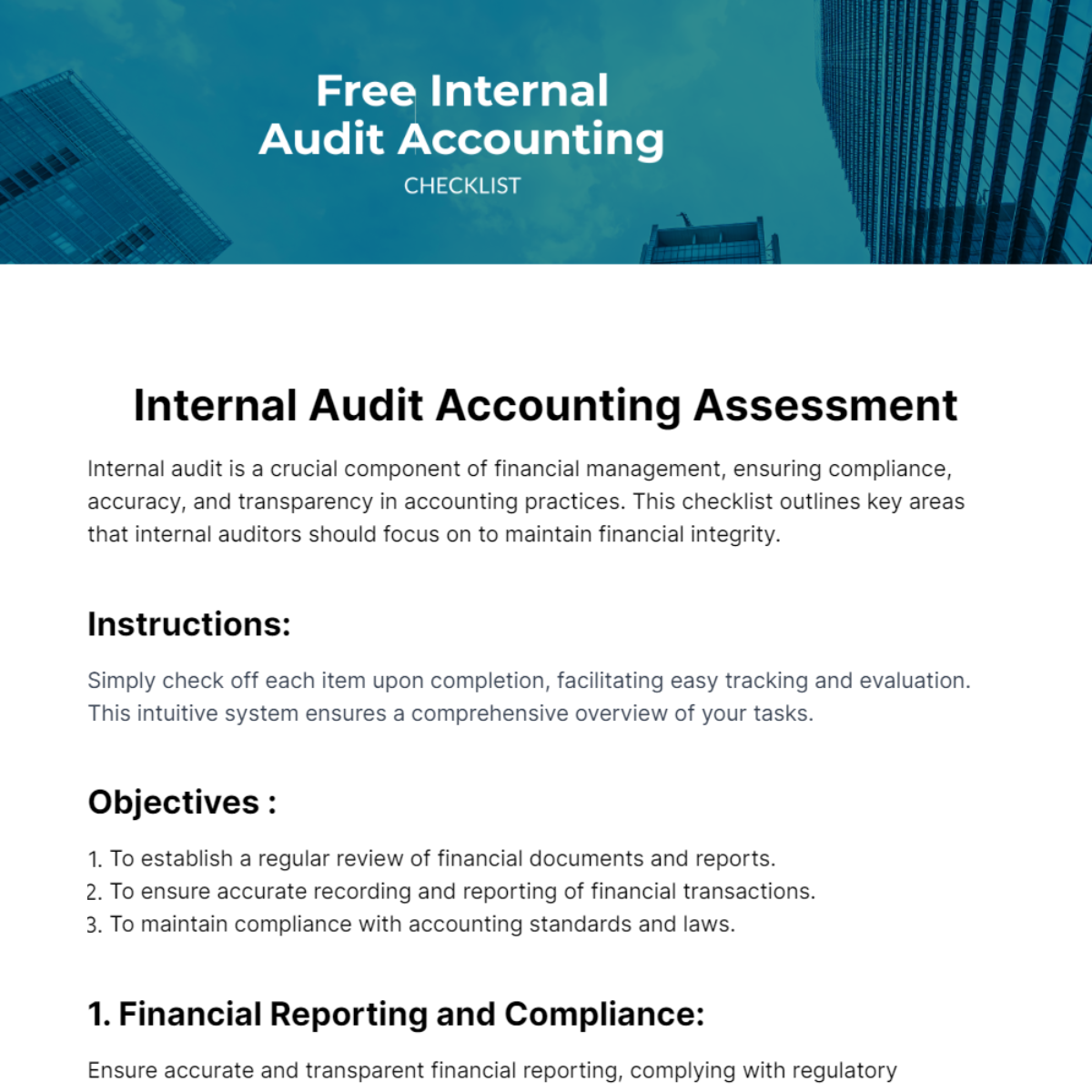Operations Inventory Audit Checklist
Ensure your business operations are running smoothly and efficiently by conducting a comprehensive inventory audit. This checklist is designed to help you keep track of your inspection and ensure each item is properly accounted for, maintaining an objective and professional approach throughout the process.
Section 1: Physical Inventory Assessment
Count all physical items in the inventory: Conduct a thorough count of all inventory items, including those in storage and on the sales floor.
Document any damaged items: Identify and record details of any damaged or unusable inventory to assess for write-offs or insurance claims.
Record discrepancy between expected and actual counts: Note any
differences between the recorded inventory levels and the actual physical count to identify potential issues in stock management or theft.
Ensure proper labeling of all items: Verify that all items are correctly labeled with relevant information, including SKU numbers, descriptions, and barcodes.
Count inventory in off-site locations: Include inventory stored at off-site locations or in transit to ensure a complete inventory count.
Section 2: Inventory Record Examination
Review inventory records for accuracy: Examine the inventory records for accuracy, ensuring they match the physical inventory count.
Verify inventory valuation: Confirm the valuation of inventory items is up to date and reflects the current market value or cost price.
Assess inventory categorization: Ensure inventory items are categorized correctly in the records for ease of management and reporting.
Audit for obsolete inventory: Identify items that are obsolete or have not moved in a significant amount of time to consider for clearance or write-off.
Section 3: Inventory Reconciliation Procedures
Reconcile physical counts with inventory records: Match the results of the physical inventory count with the inventory records to identify discrepancies.
Investigate discrepancies: Conduct a thorough investigation into any discrepancies found during the reconciliation process to determine their causes.
Update inventory records: Adjust the inventory records to reflect the actual physical inventory count and reconcile any differences.
Review and adjust inventory policies: Based on findings, review and potentially adjust inventory management policies to prevent future discrepancies.
Section 4: Inventory Control Systems Review
Evaluate the effectiveness of inventory control systems: Assess the systems in place for inventory control for their effectiveness and efficiency.
Check for system updates or upgrades: Ensure that the inventory management software is up-to-date with the latest features and security patches.
Assess integration with other systems: Verify how well the inventory system integrates with other business systems, such as accounting and sales, for seamless operation.
Review user access controls: Evaluate the access controls in place for the inventory system to ensure that only authorized personnel can alter inventory records.
Section 5: Supplier and Procurement Analysis
Review supplier performance: Assess the performance of suppliers in terms of delivery times, quality of goods, and adherence to contracts.
Audit procurement policies: Examine the procurement policies for efficiency, cost-effectiveness, and alignment with business goals.
Evaluate inventory levels in relation to demand: Ensure that inventory levels are optimized based on historical sales data and forecasted demand.
Analyze lead times: Analyze the lead times for receiving goods from suppliers to adjust inventory levels accordingly and prevent stockouts or excess inventory.
Section 6: Risk Management and Compliance
Identify inventory risks: Identify potential risks related to inventory management, such as theft, damage, or obsolescence.
Evaluate compliance with regulations: Ensure that inventory management practices comply with relevant industry regulations and standards.
Develop risk mitigation strategies: Develop strategies to mitigate identified risks, including insurance, security measures, and inventory audits.
Review environmental and sustainability practices: Assess the inventory management practices for their environmental impact and sustainability, considering waste reduction and recycling efforts.
Section 7: Reporting and Improvement Recommendations
Generate audit reports: Compile the findings from the inventory audit into detailed reports for review by management.
Recommend improvements: Based on the audit findings, recommend improvements to inventory management practices, procedures, and policies.
Plan for follow-up audits: Schedule follow-up audits to assess the implementation of recommended improvements and their effectiveness.
Engage with stakeholders: Present findings and recommendations to stakeholders, including management and department heads, to align on inventory management strategies.
This comprehensive checklist ensures a thorough review of your inventory management practices, highlighting areas for improvement and ensuring that your operations are efficient, compliant, and aligned with your business objectives.
Prepared By: [Your Name]
